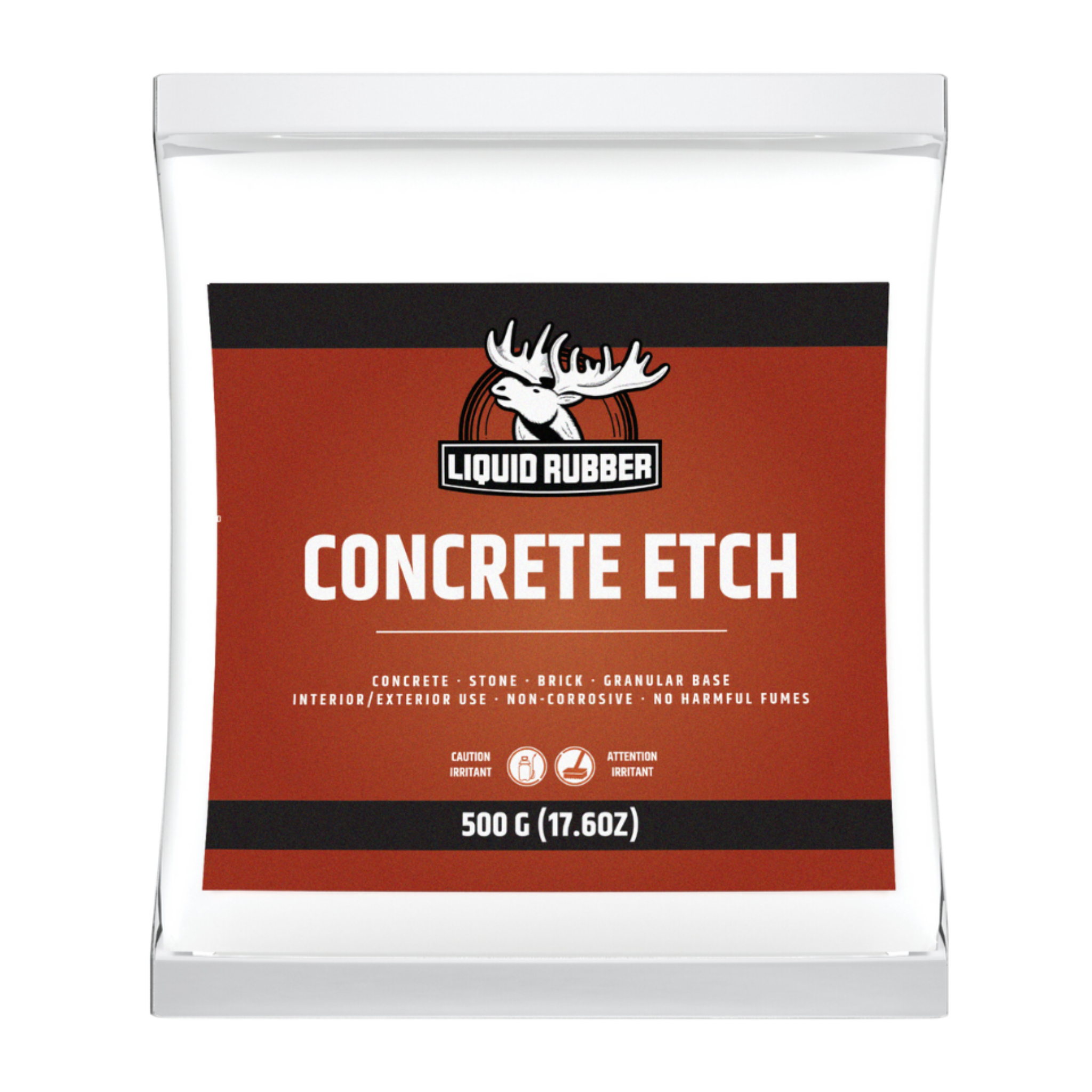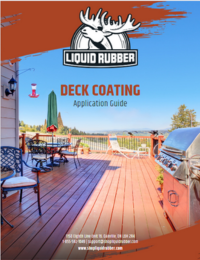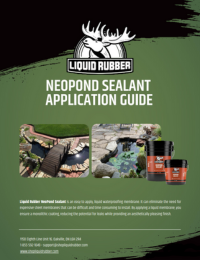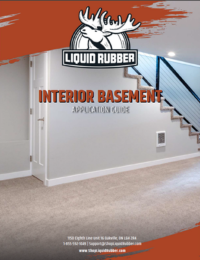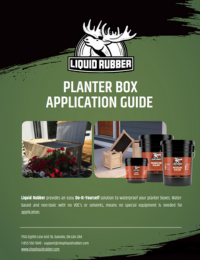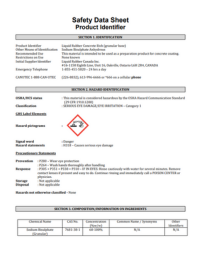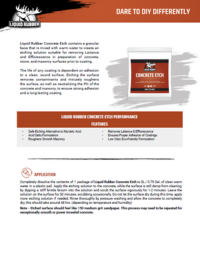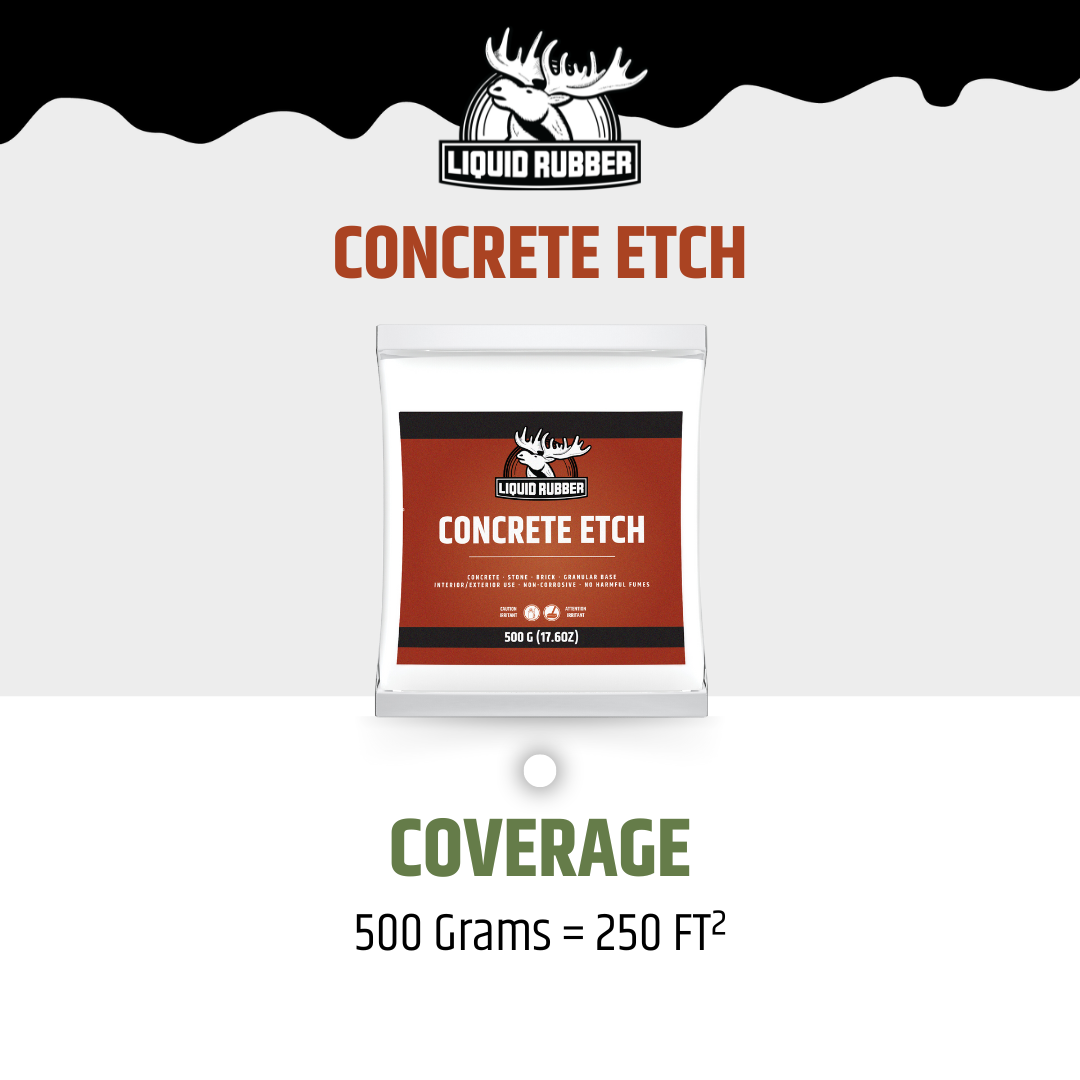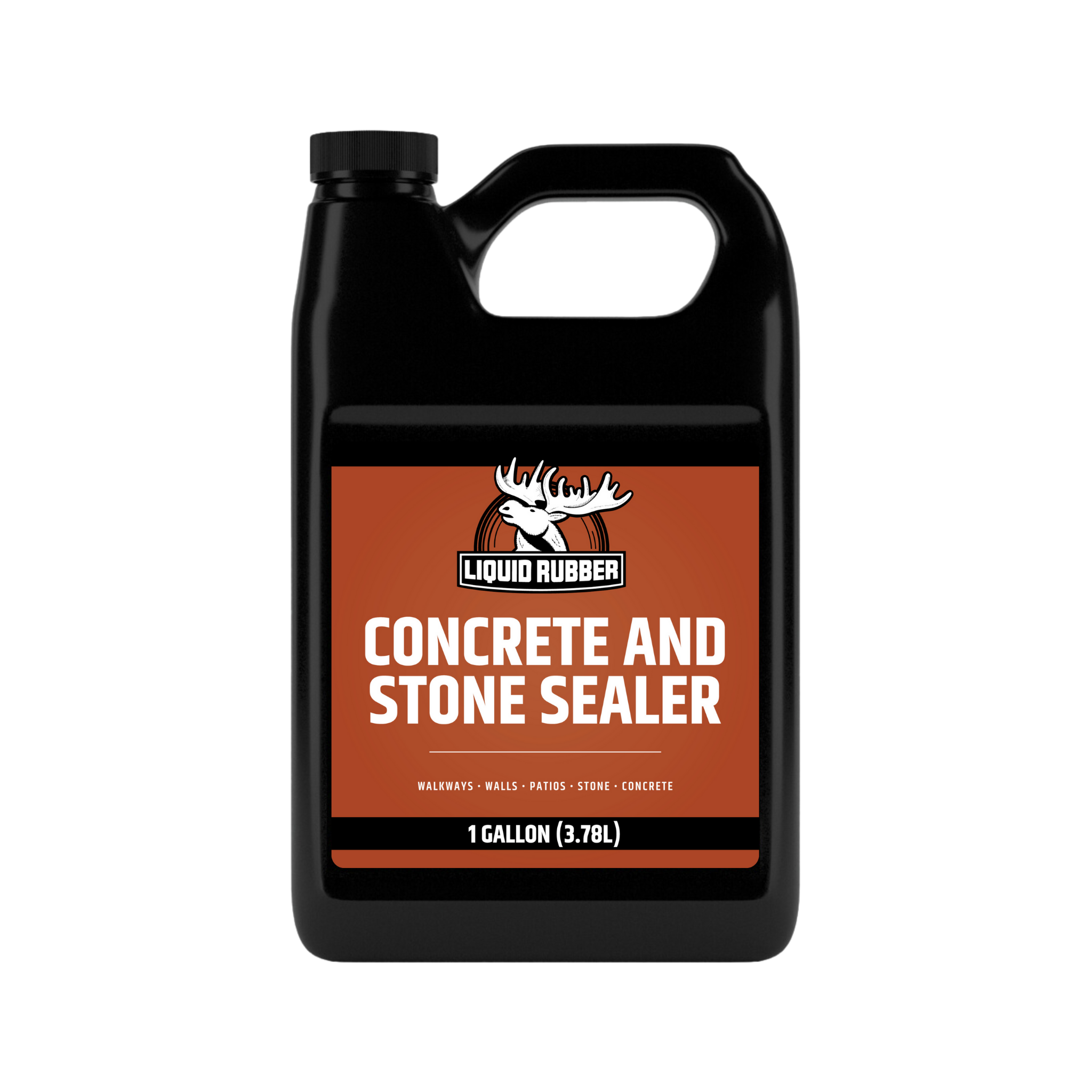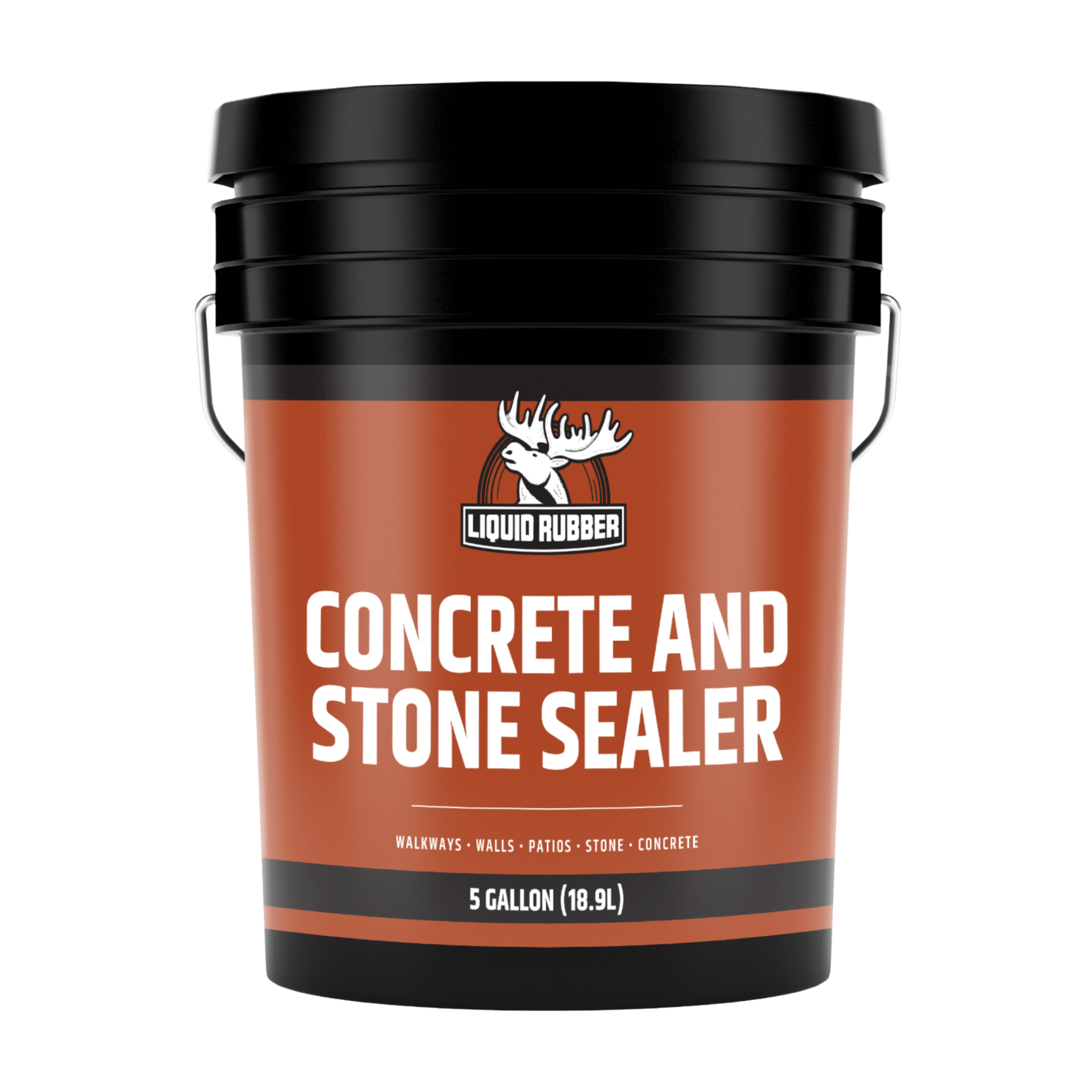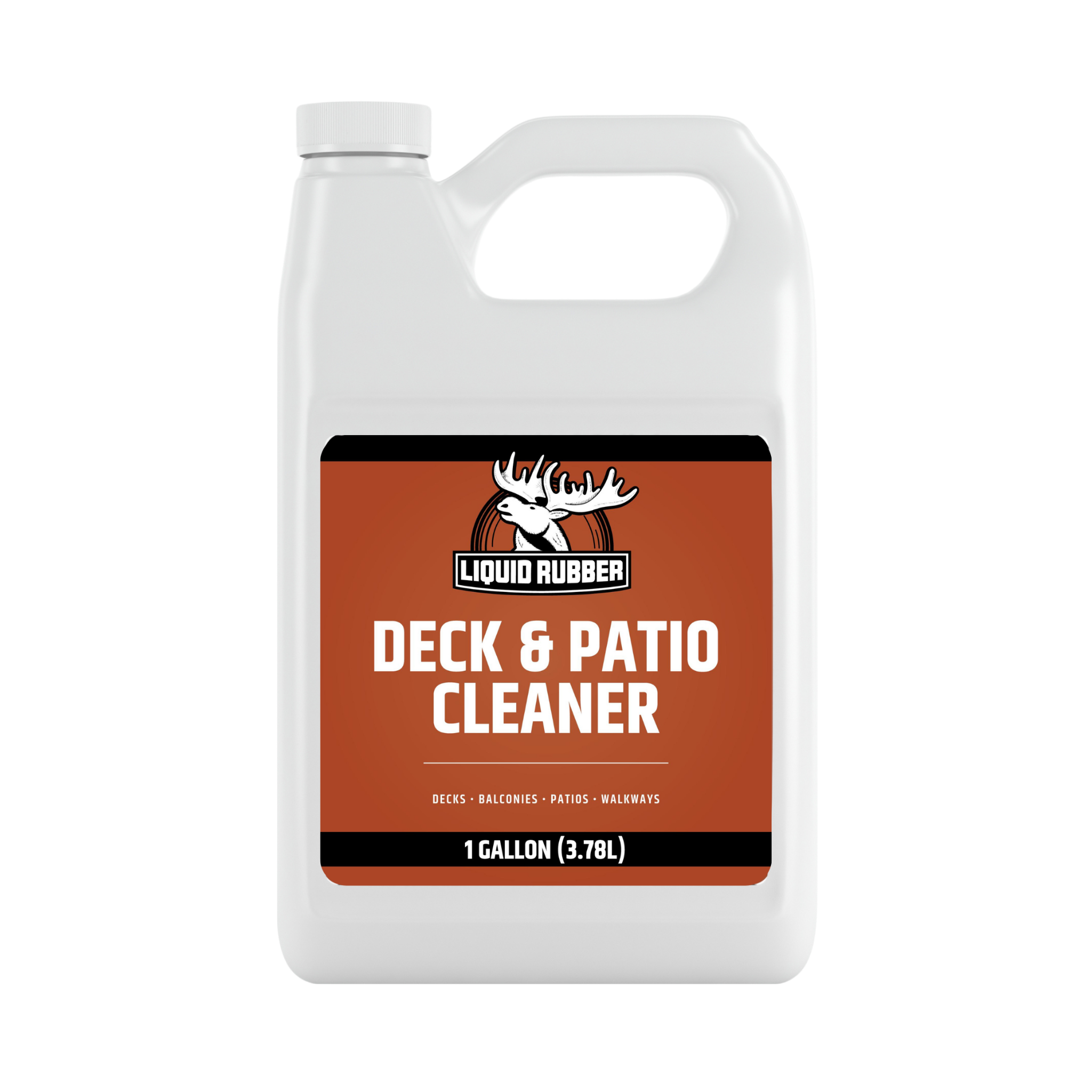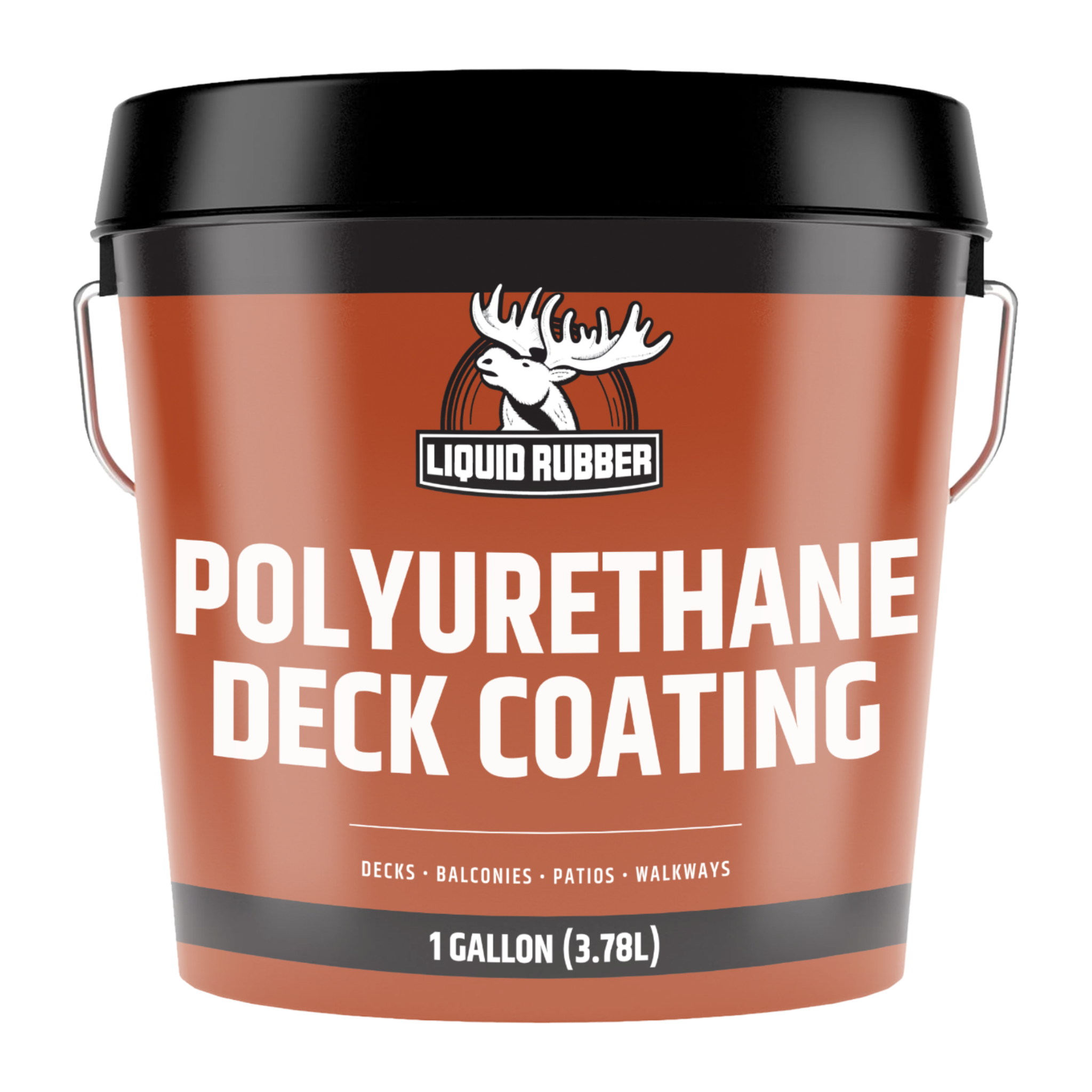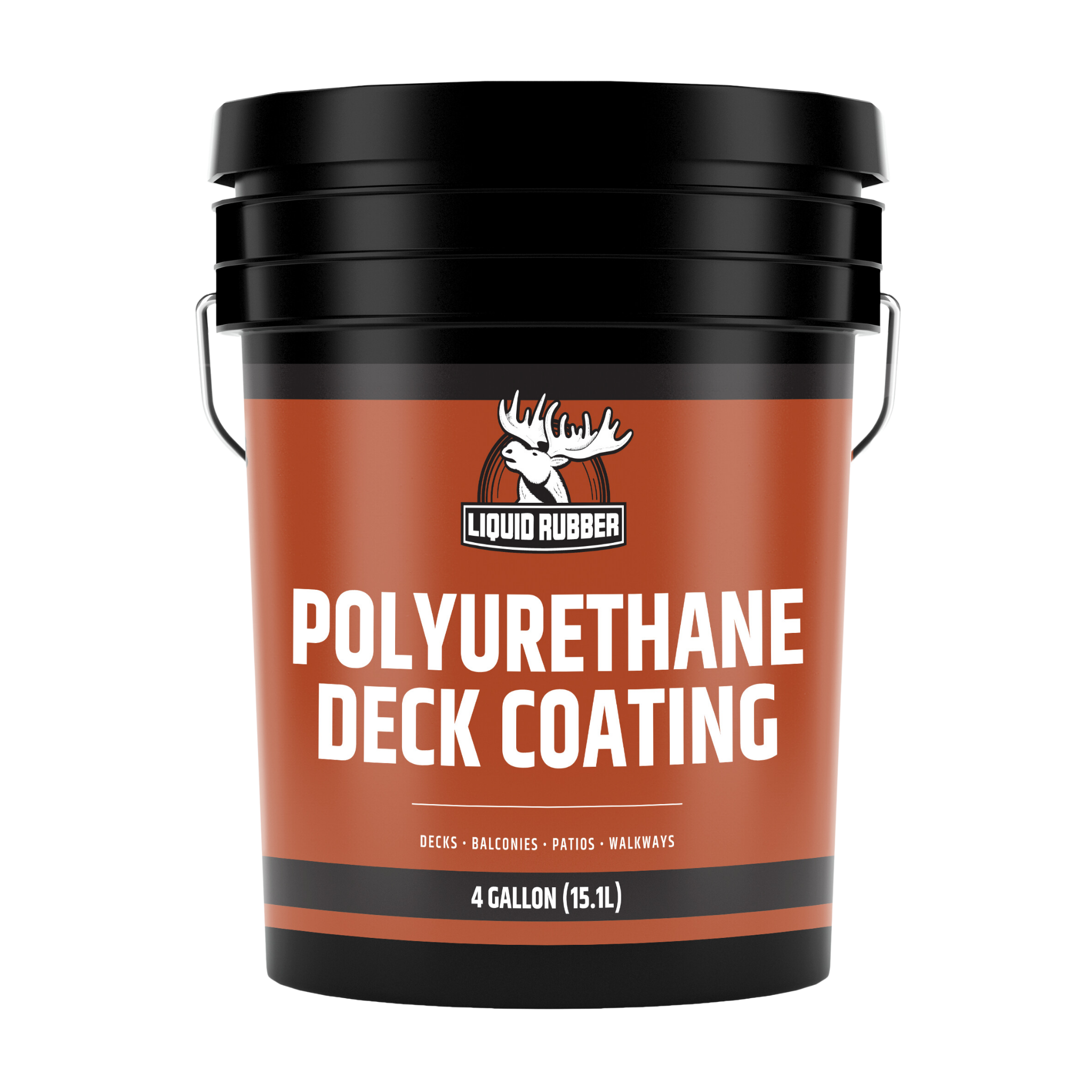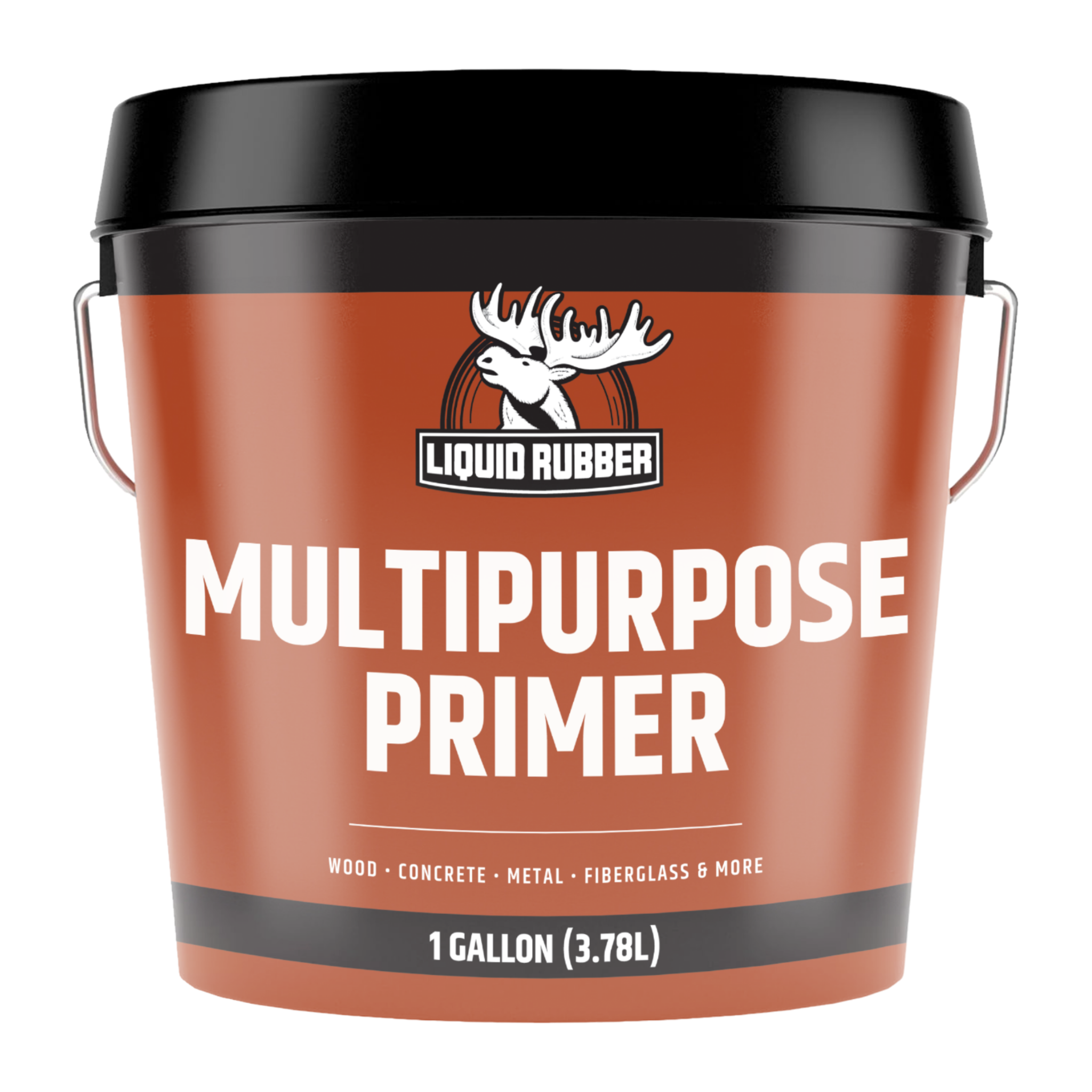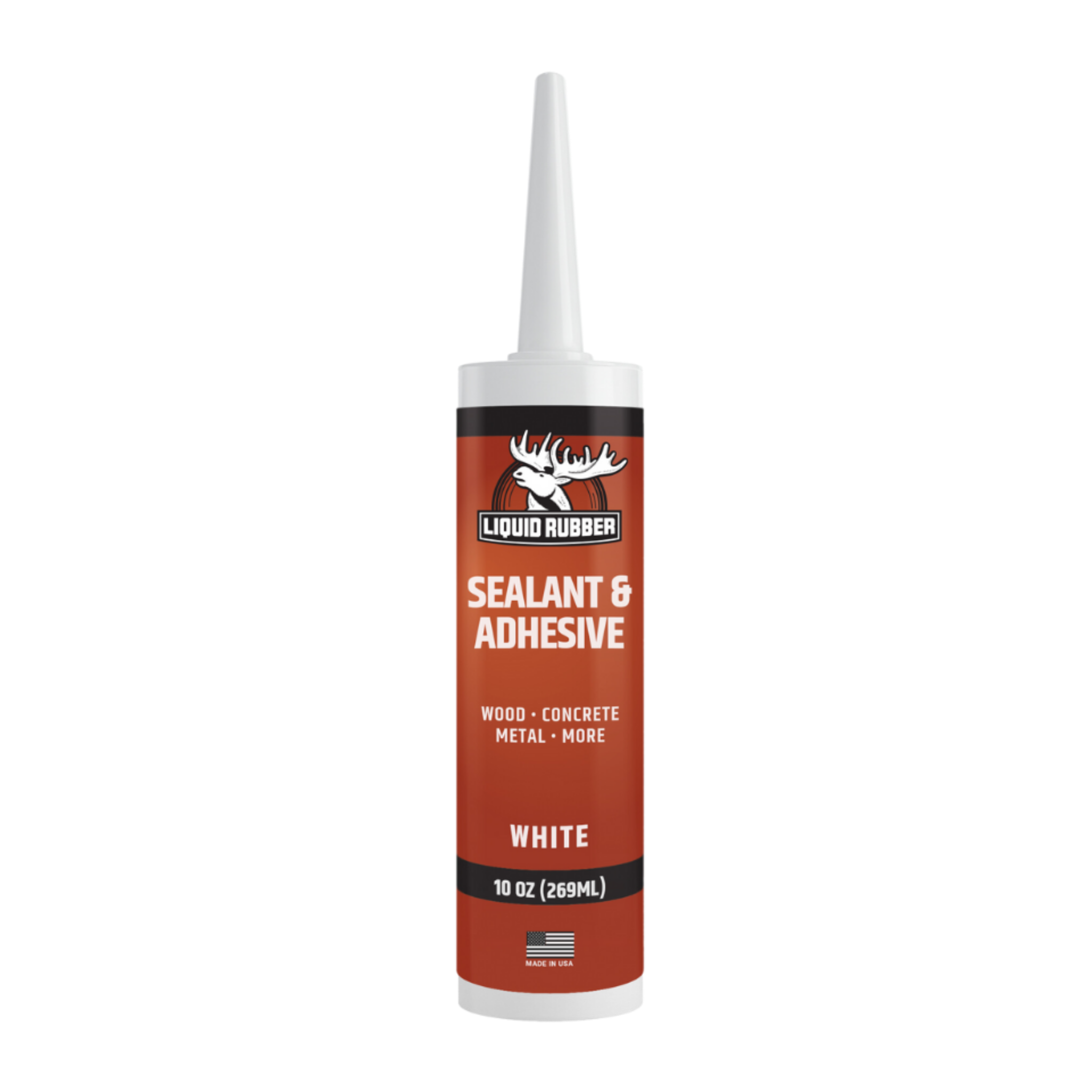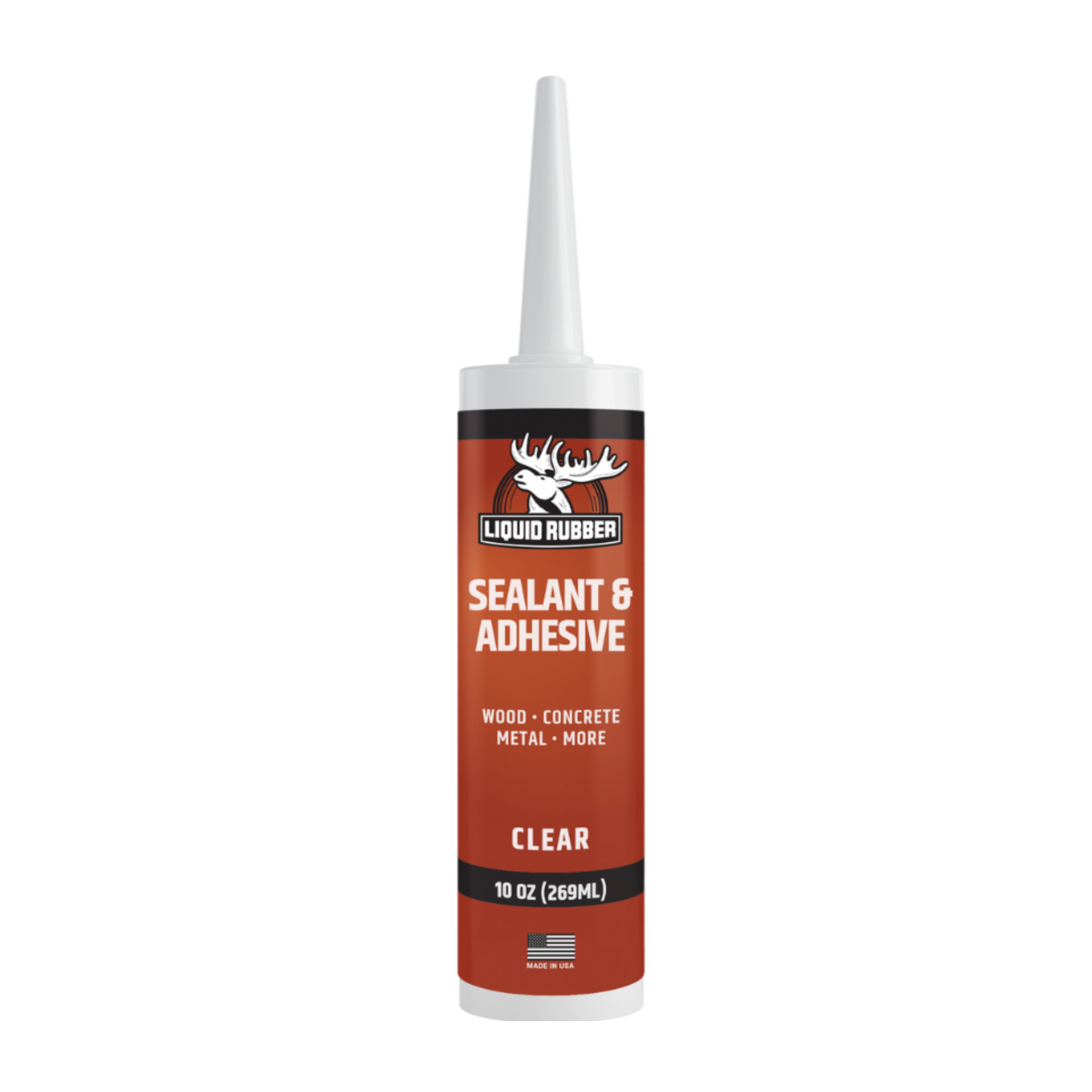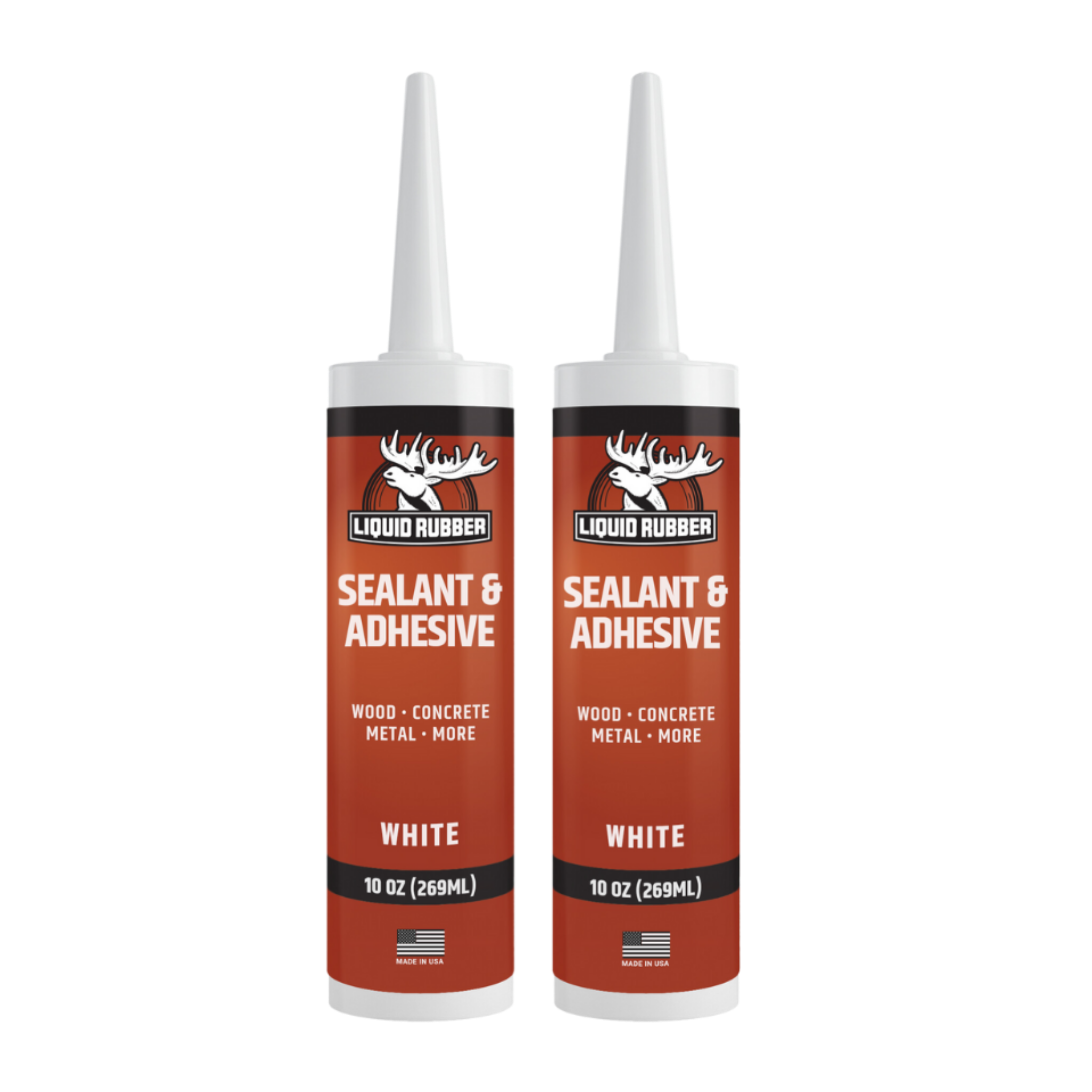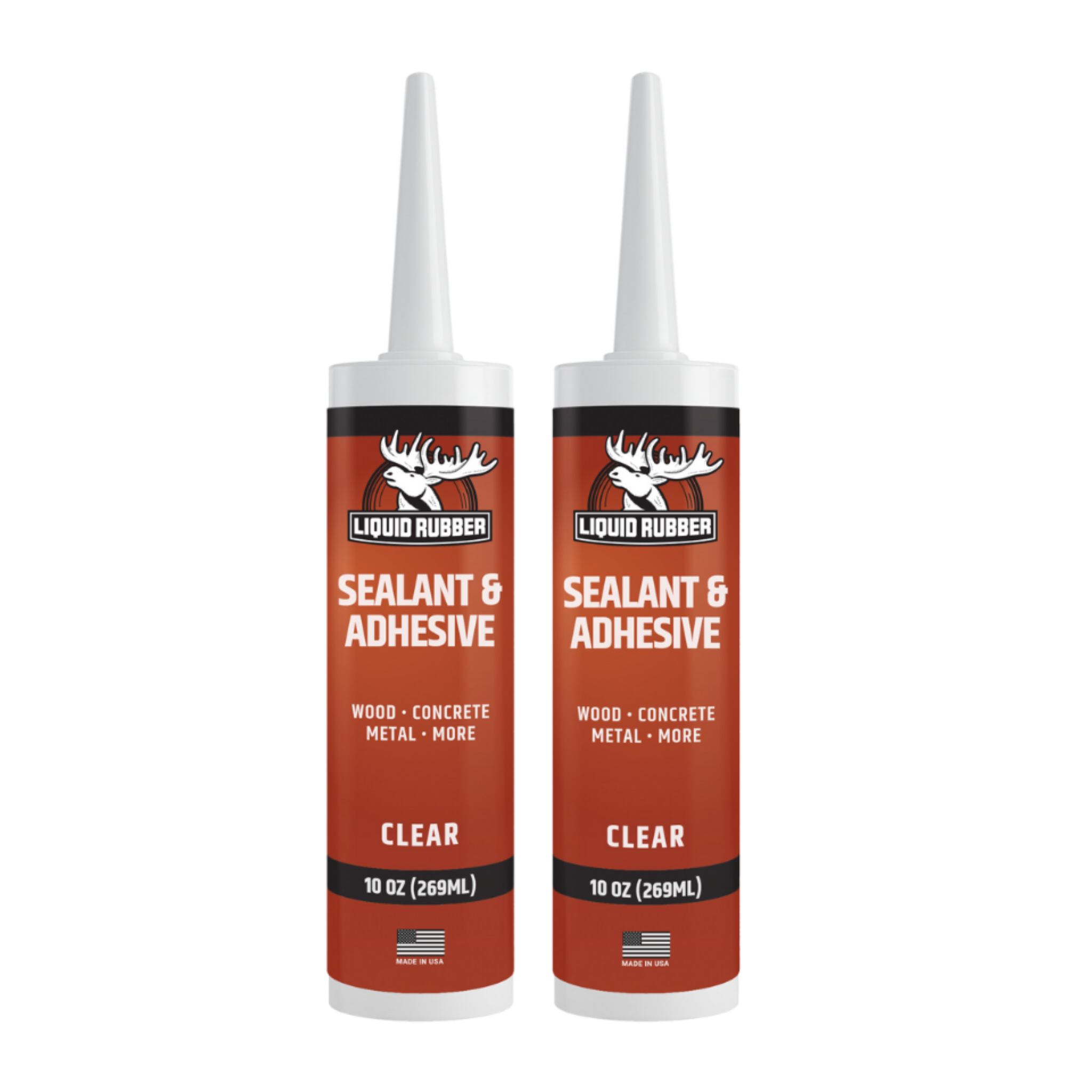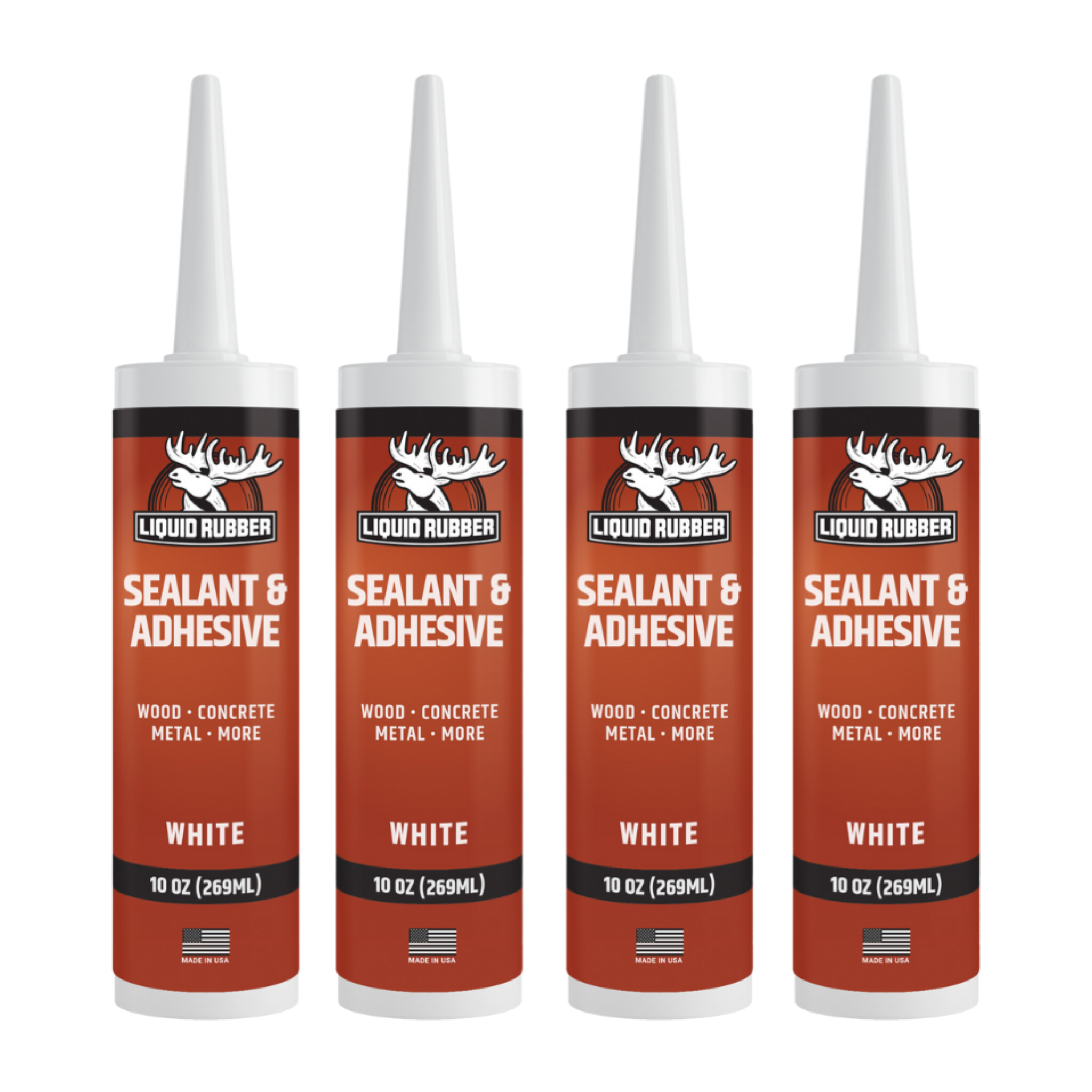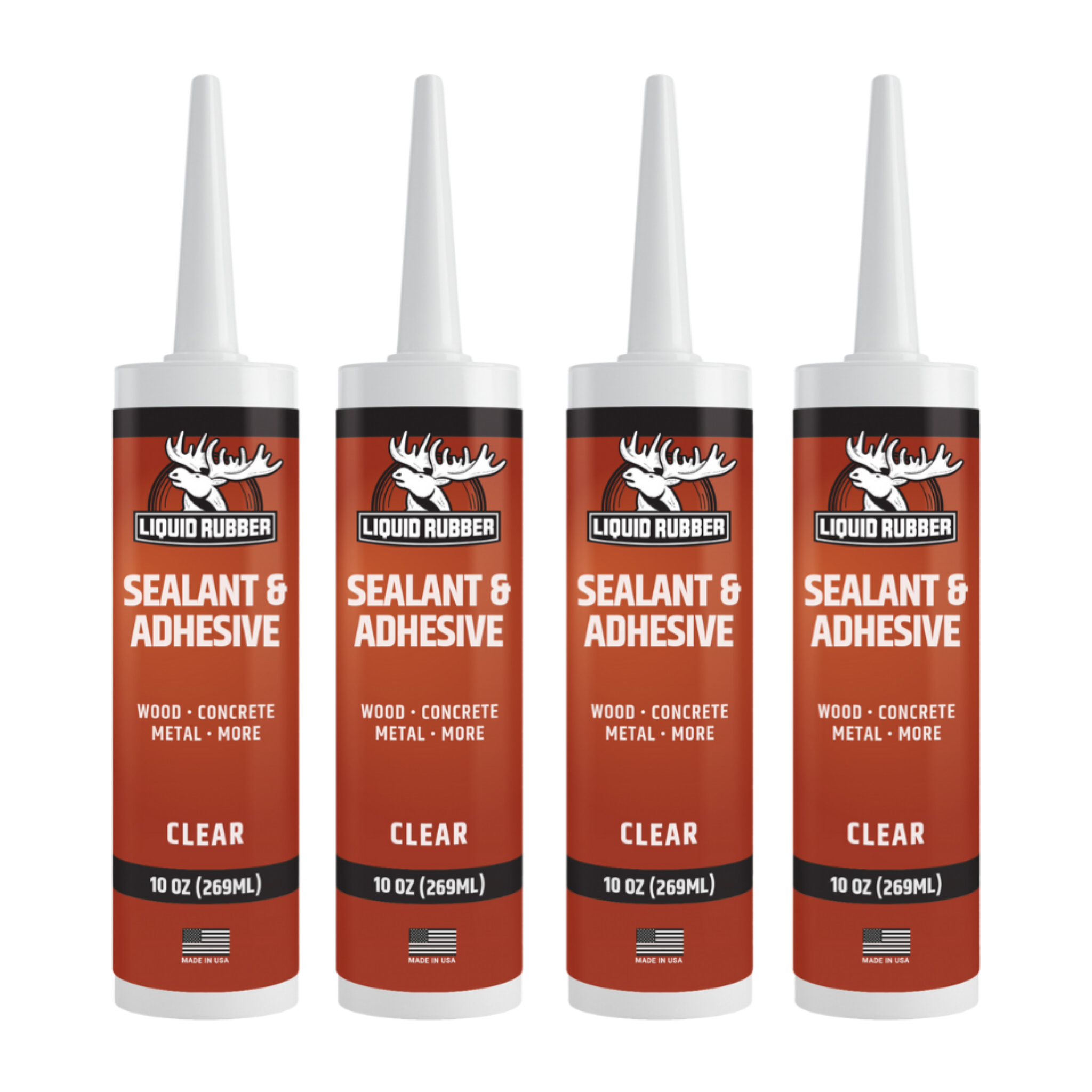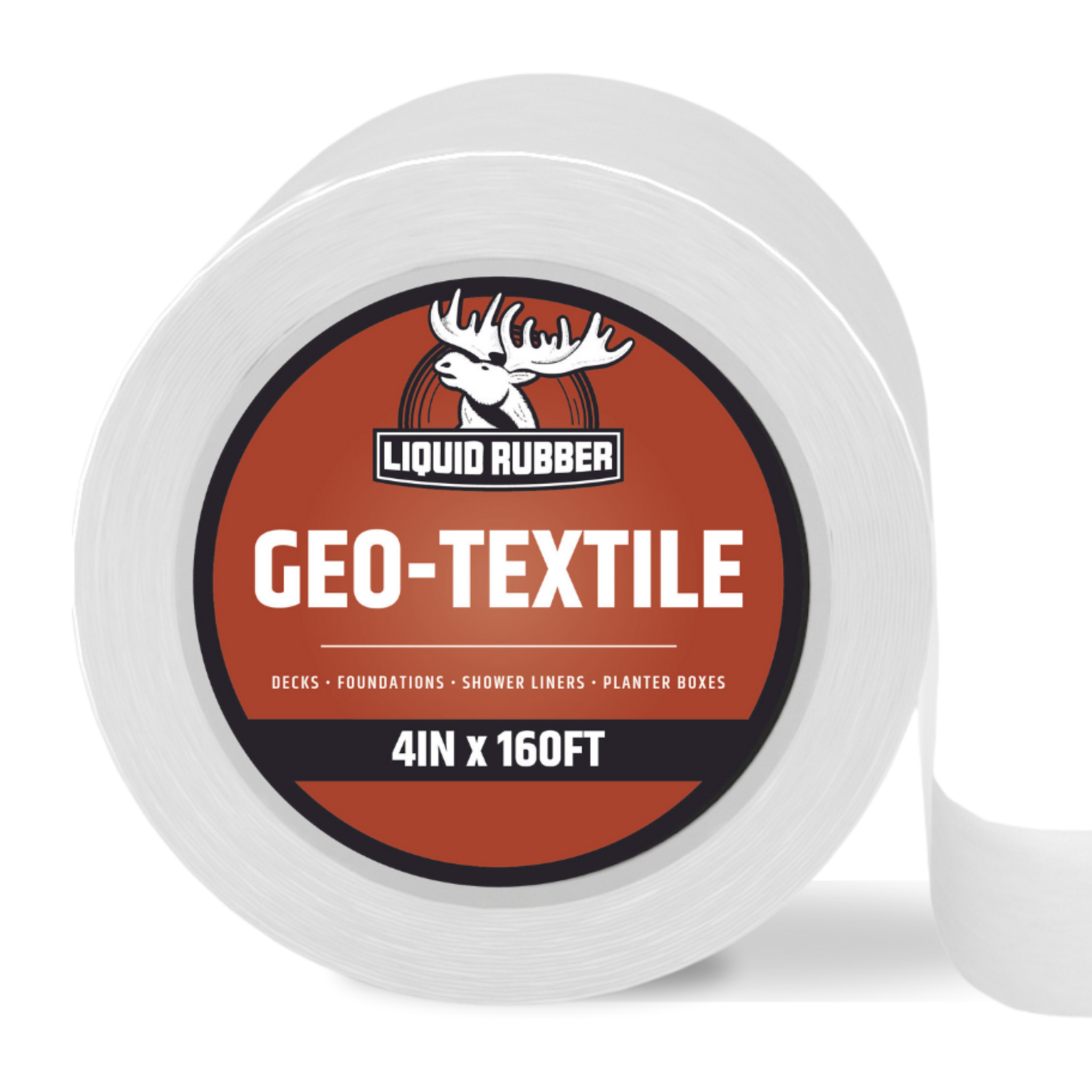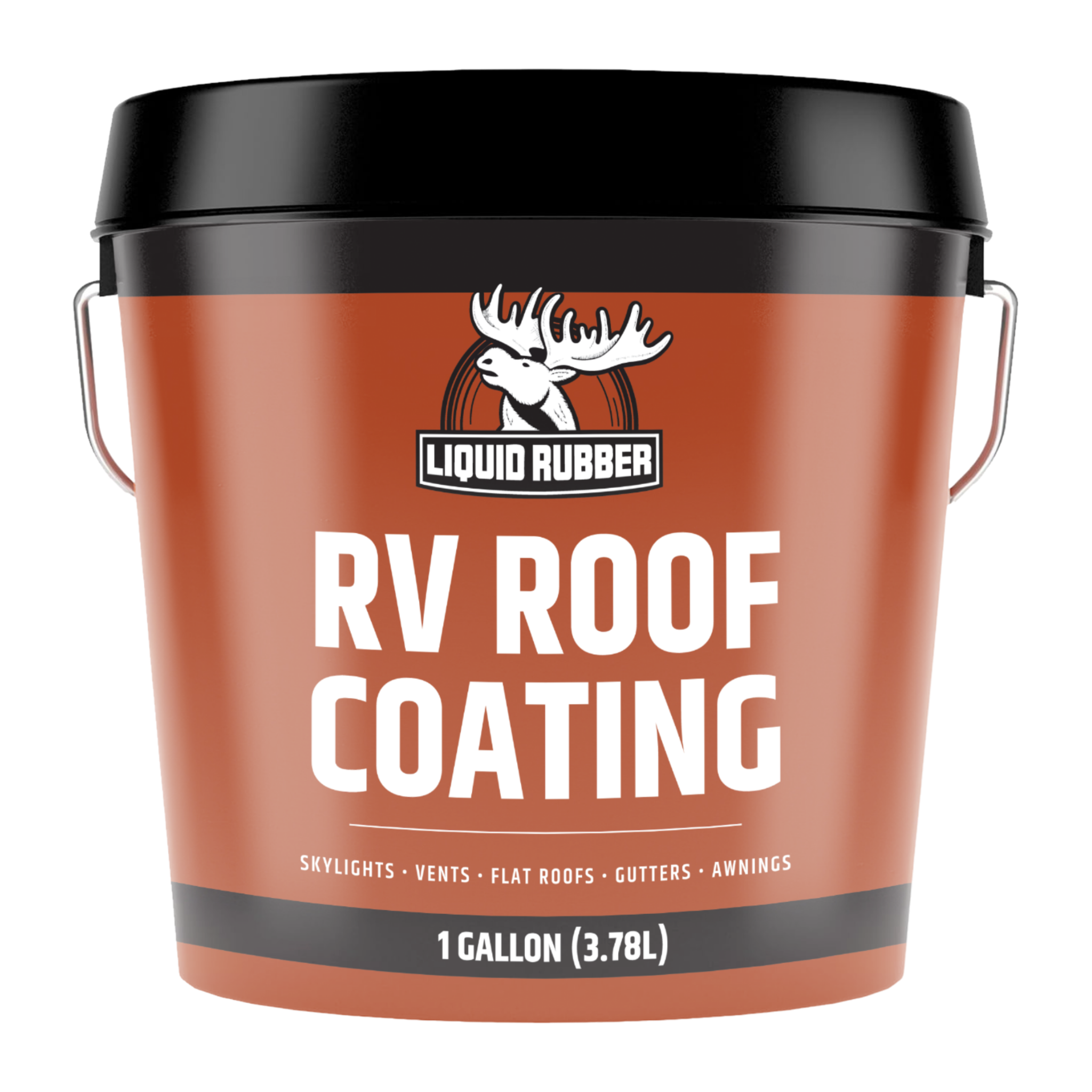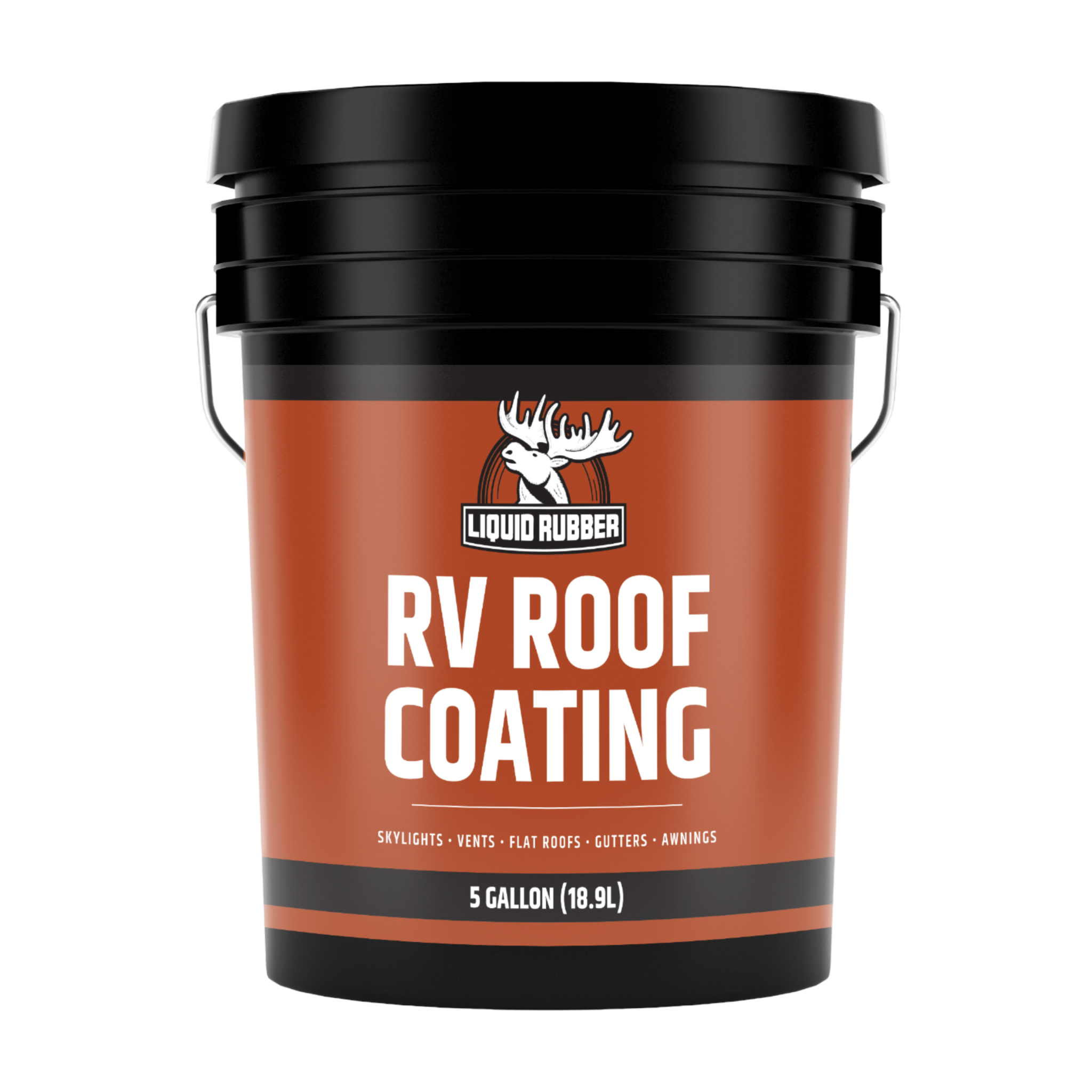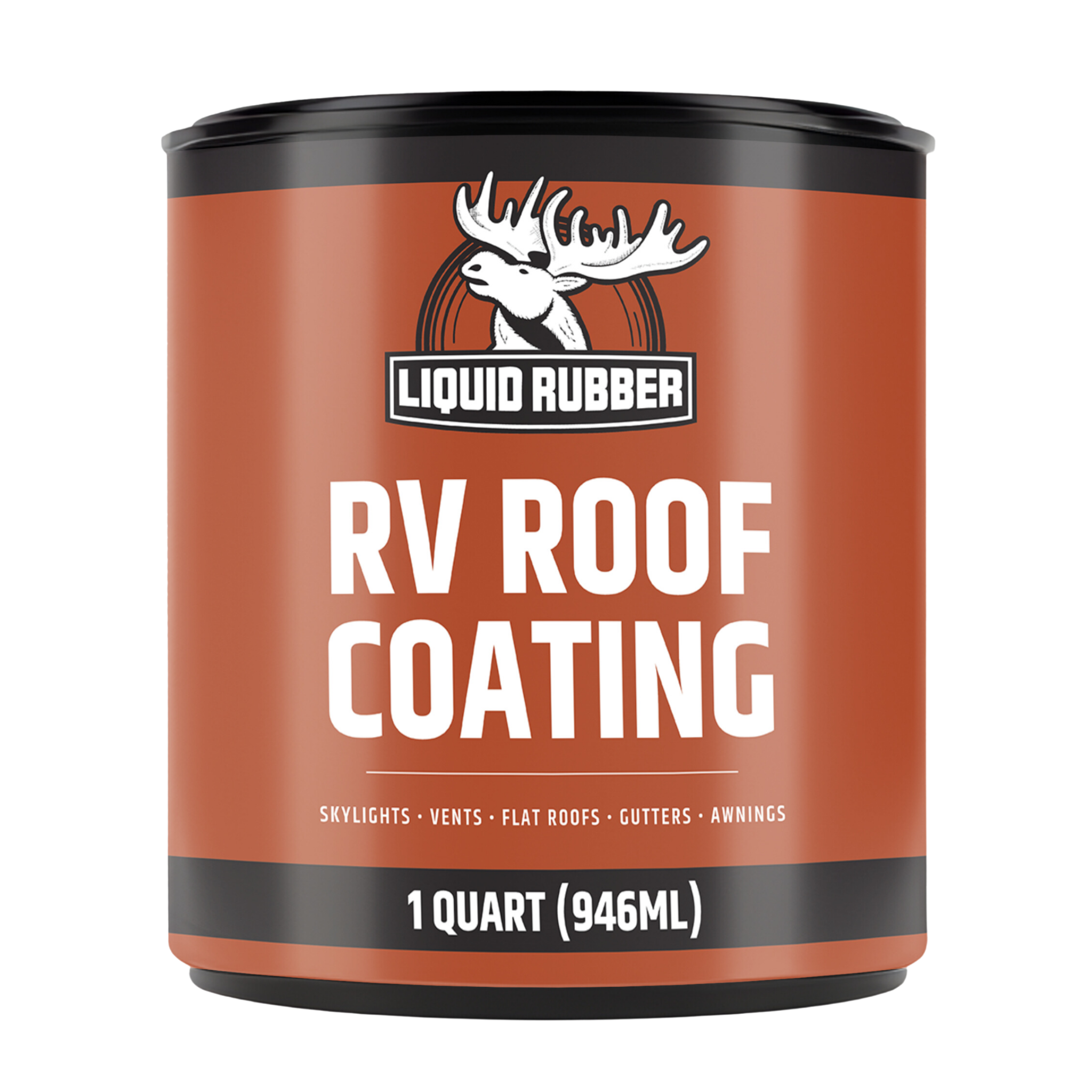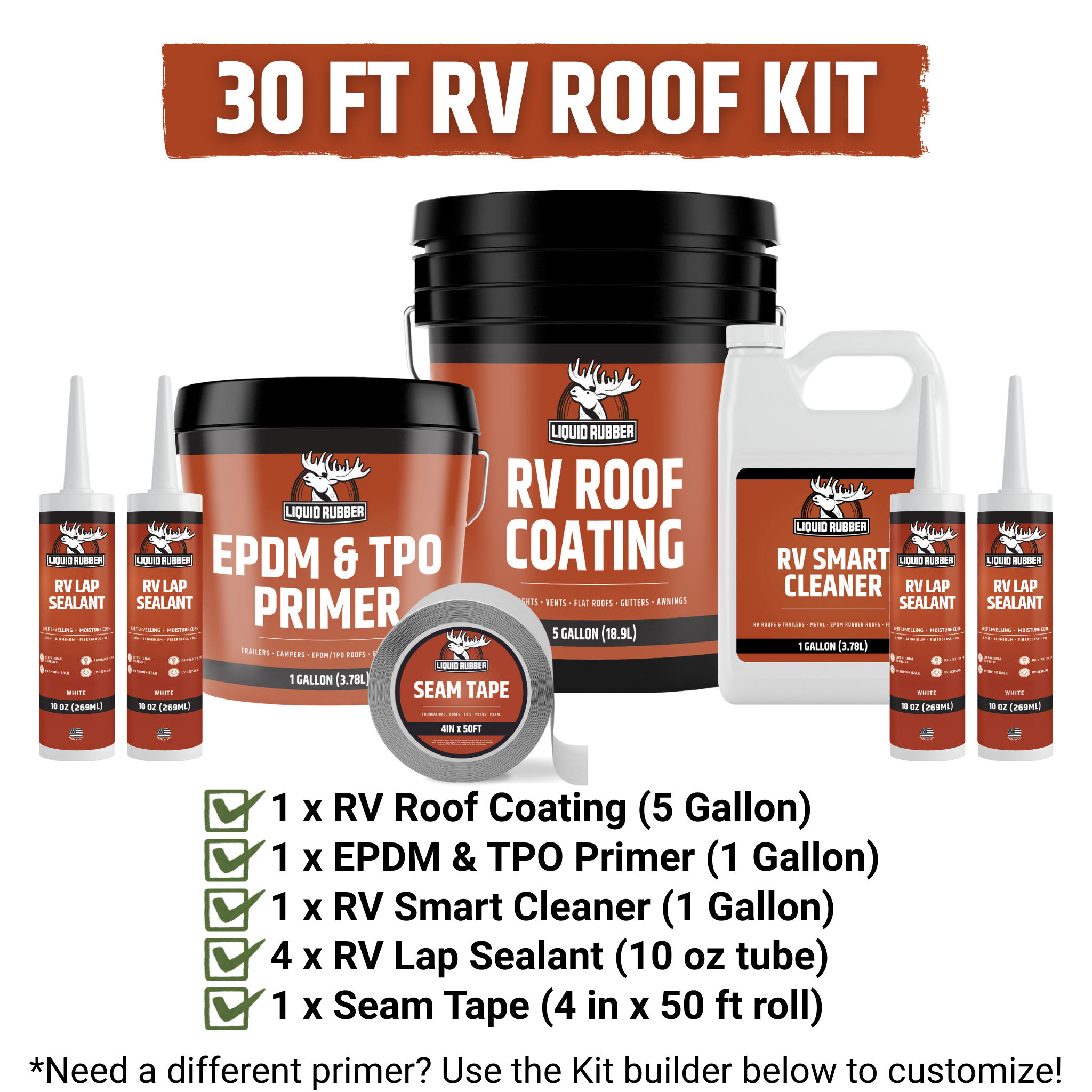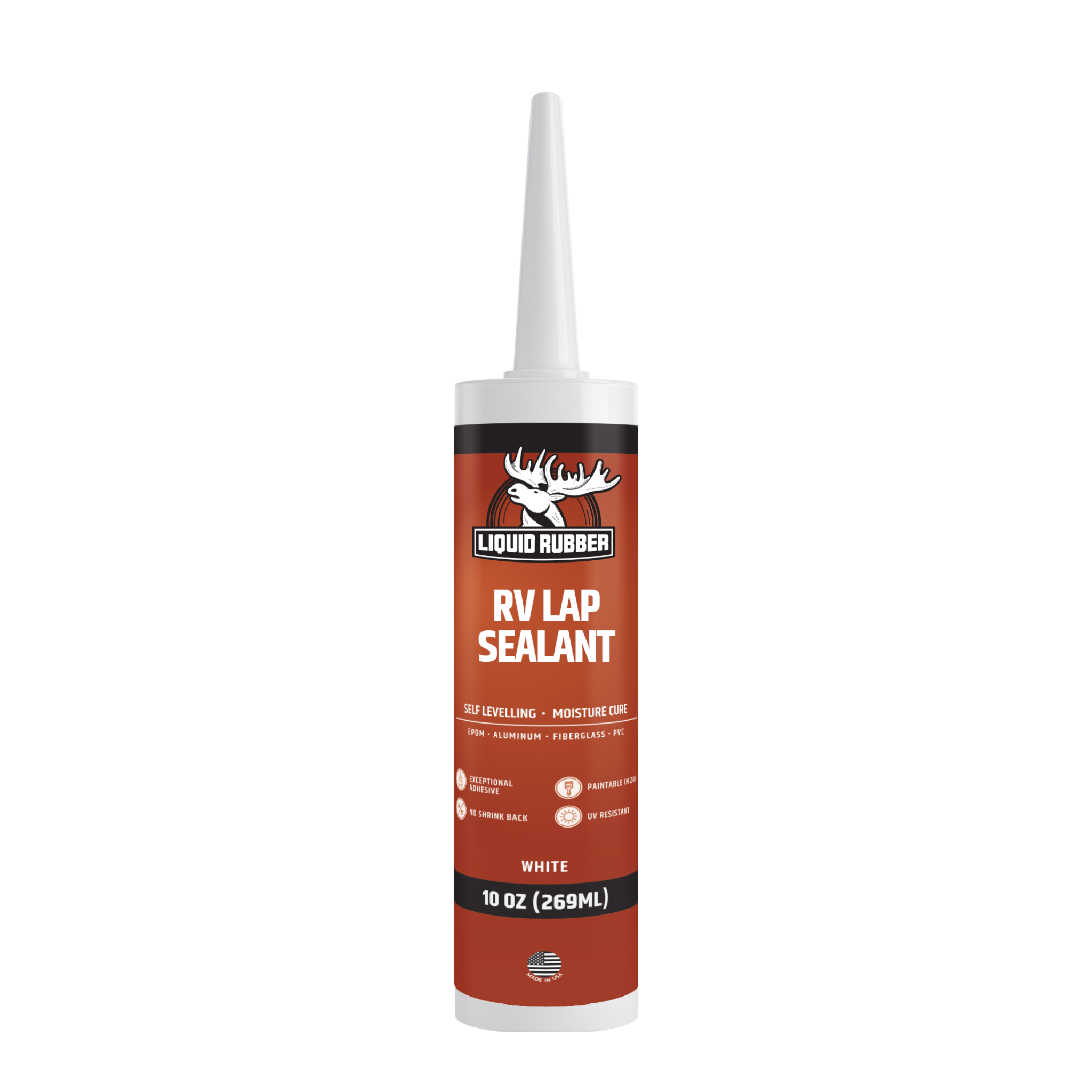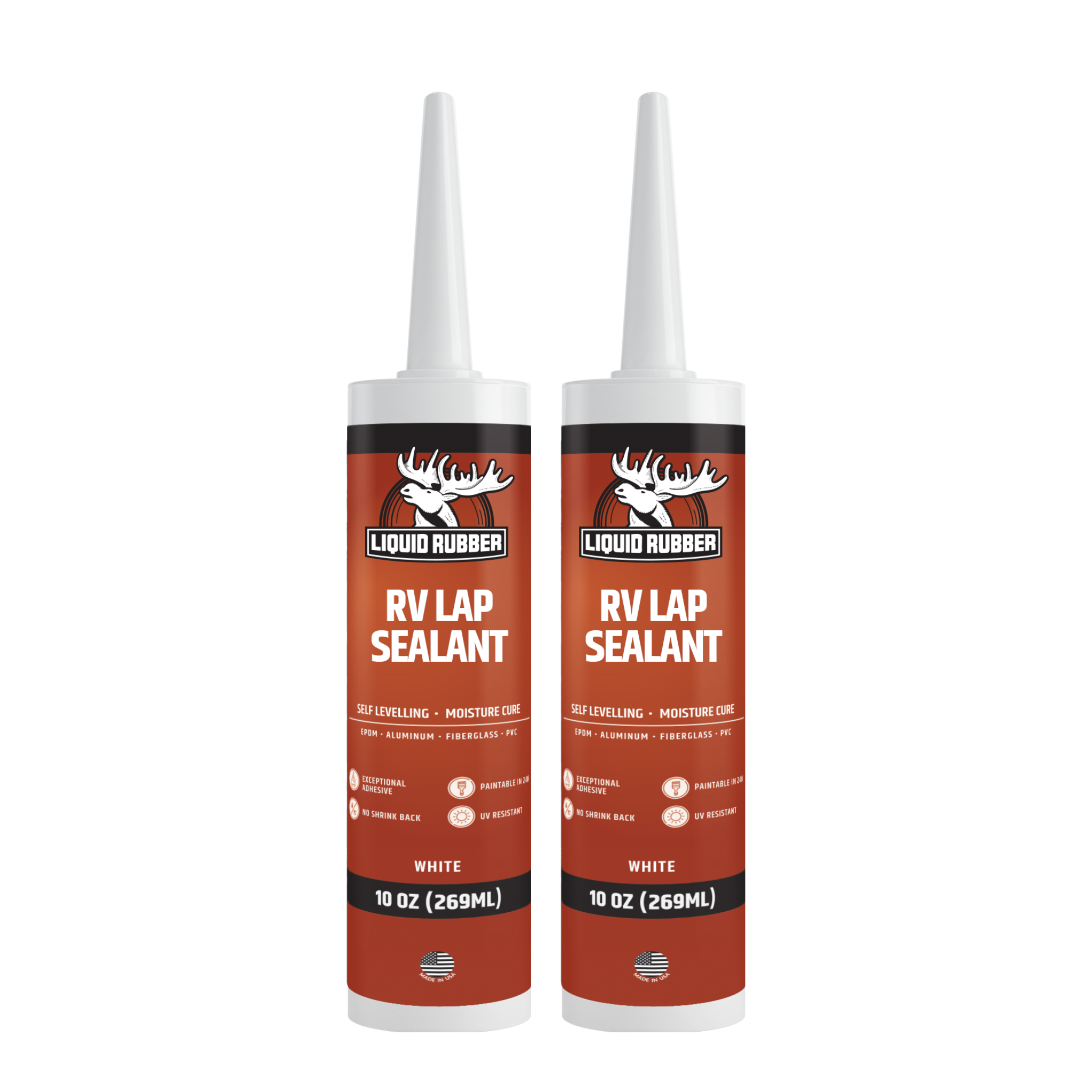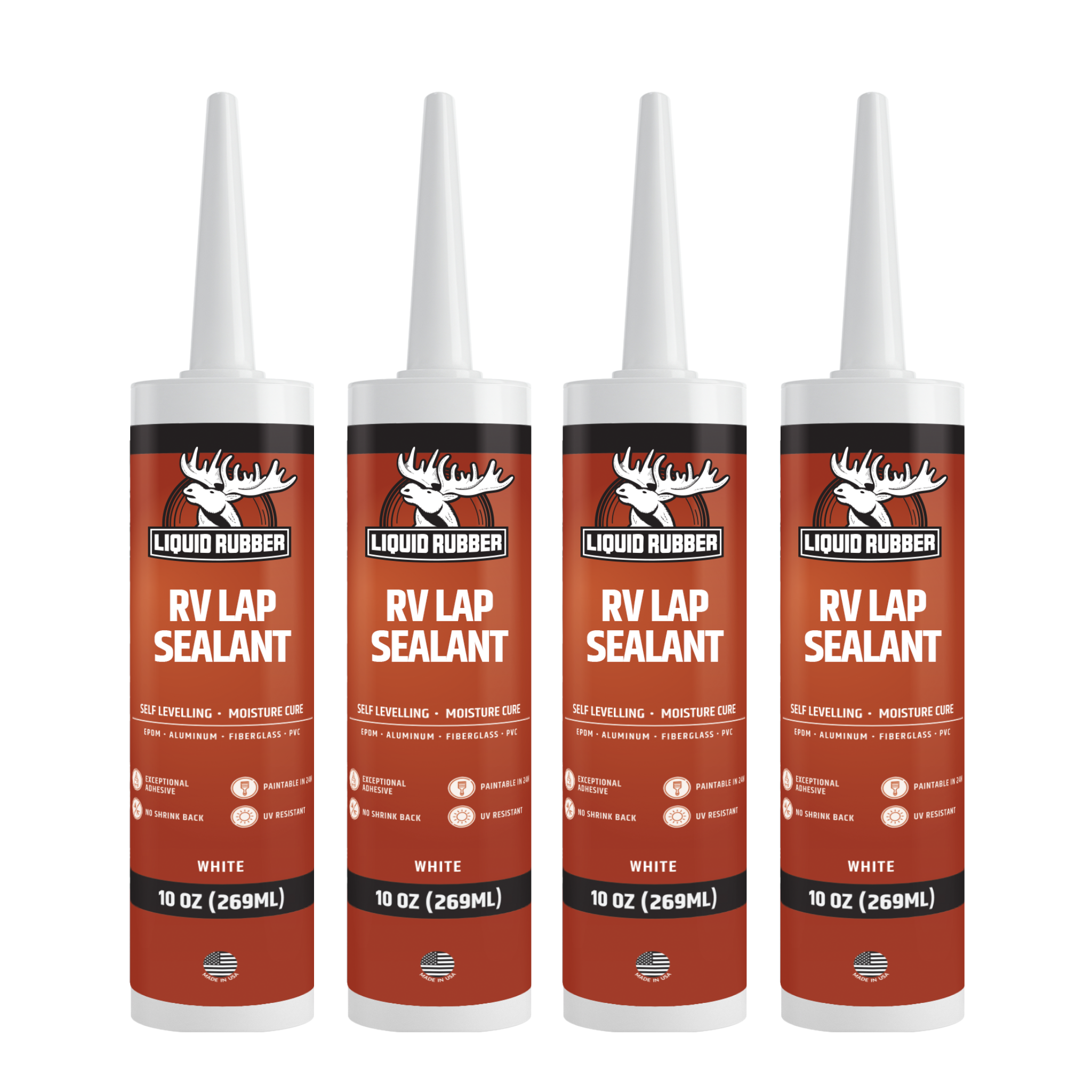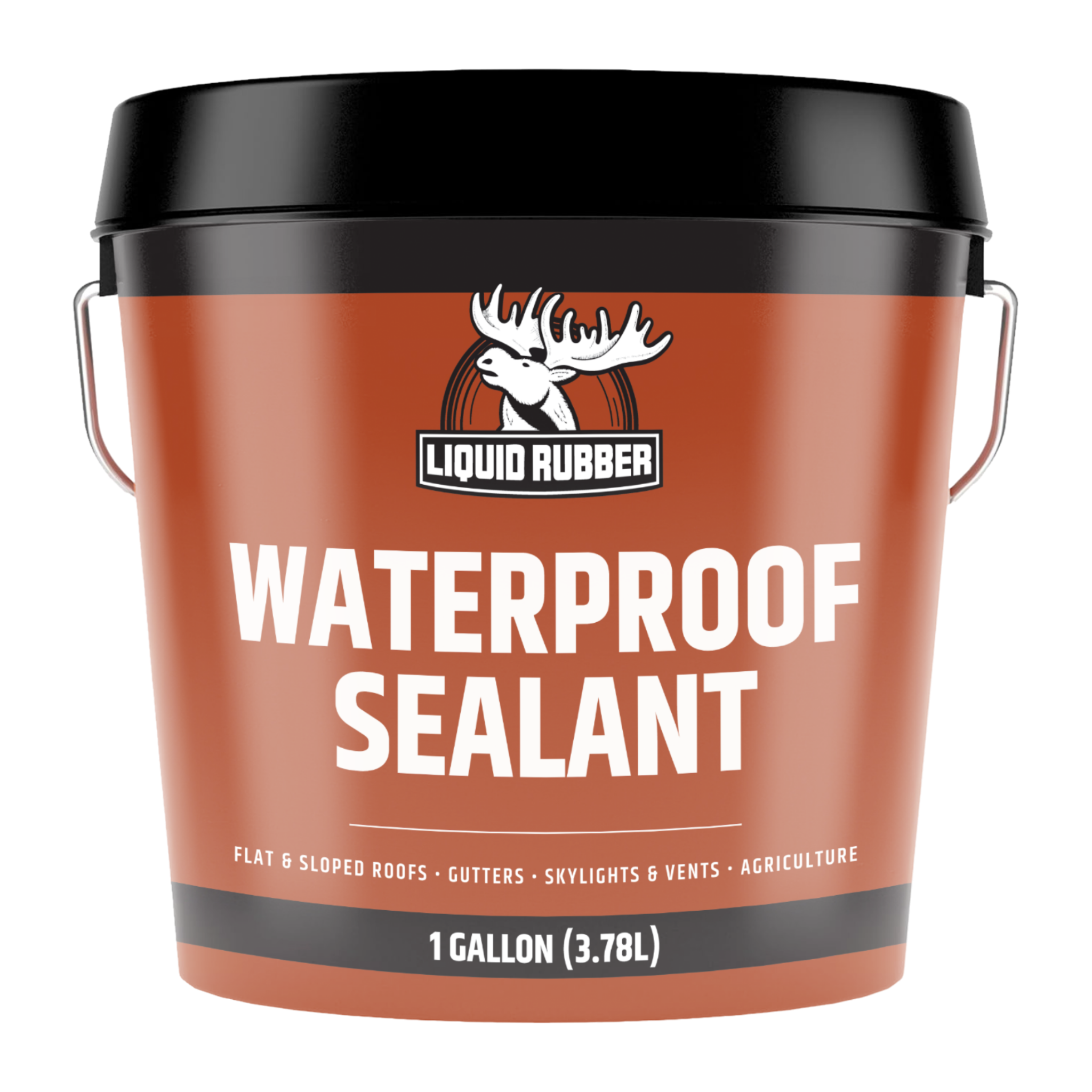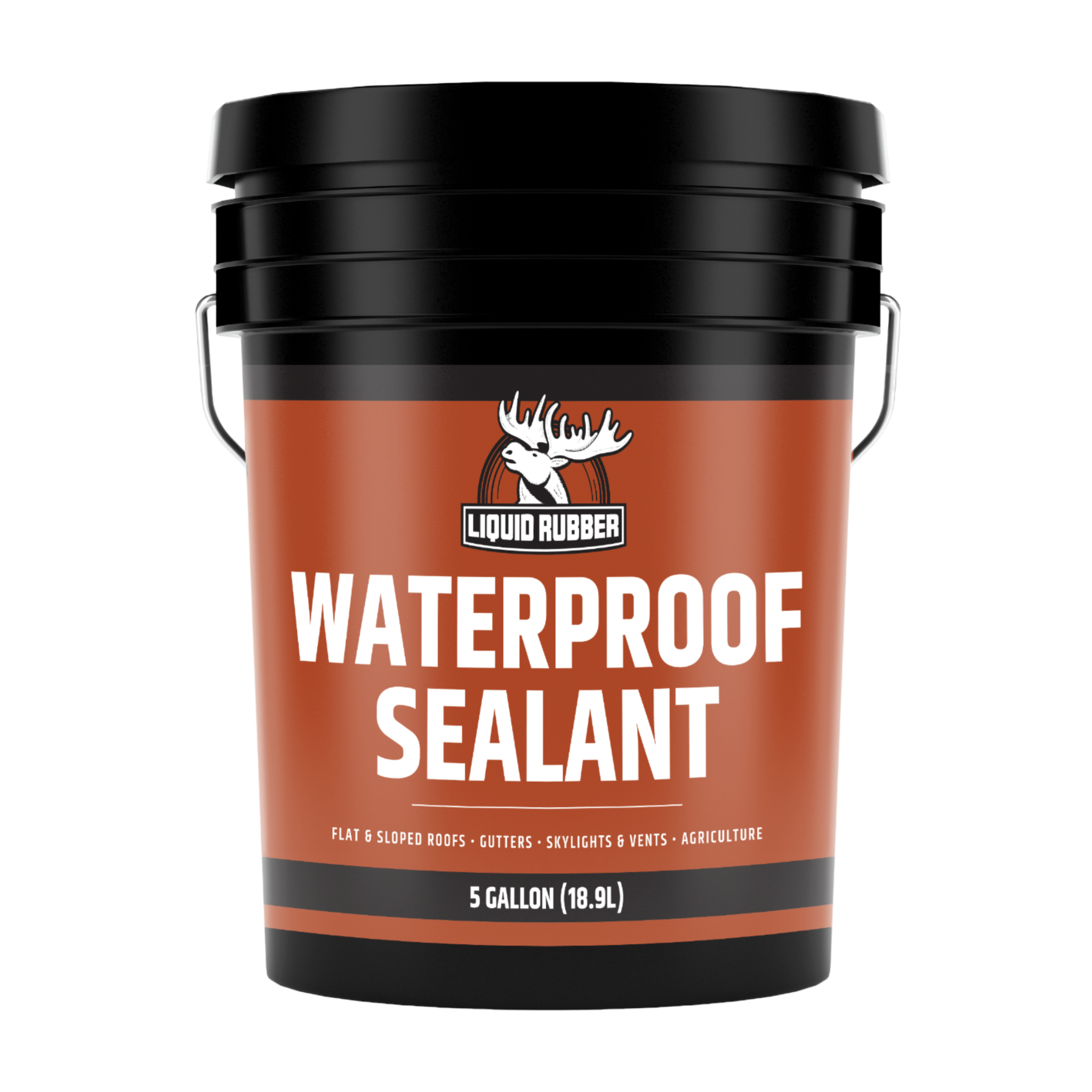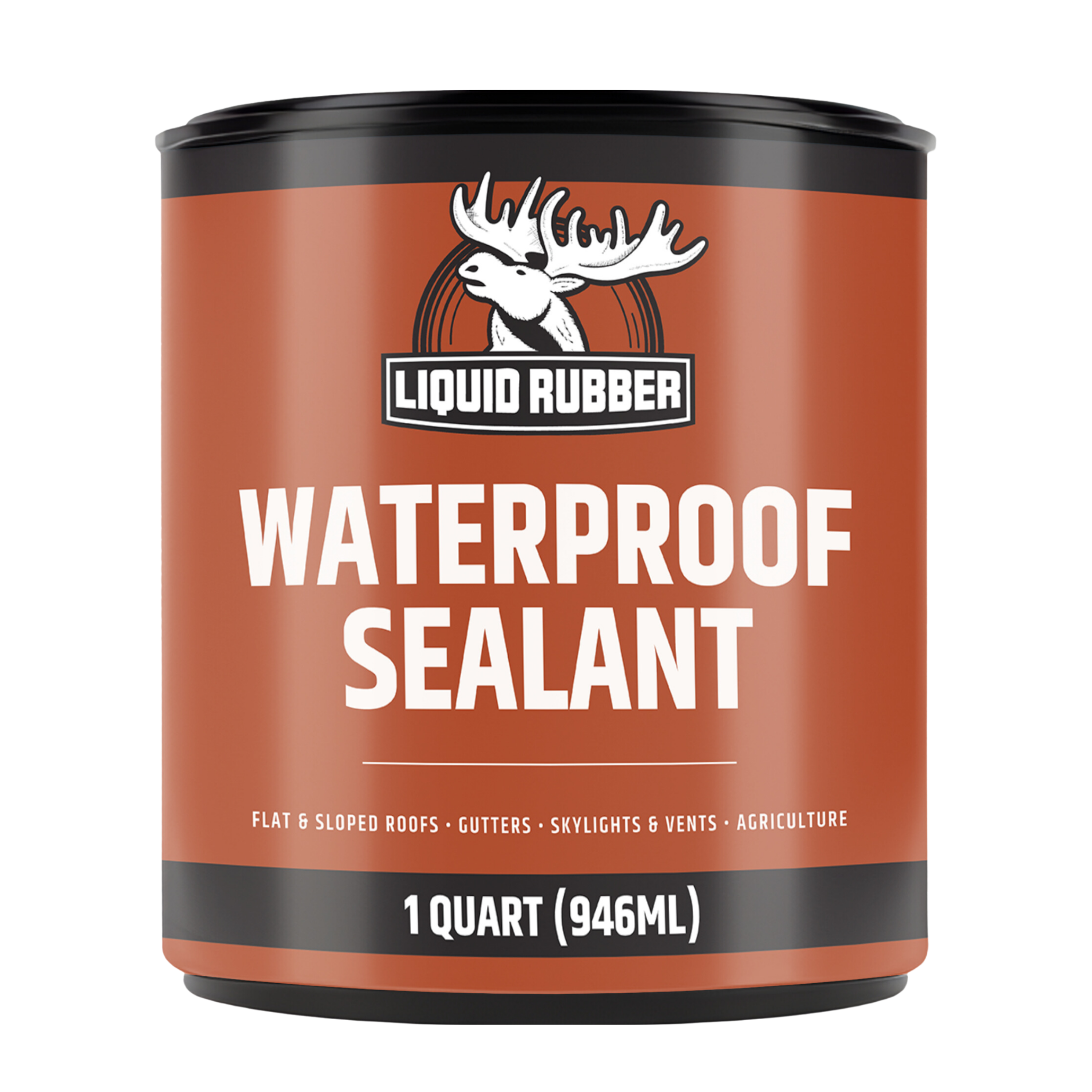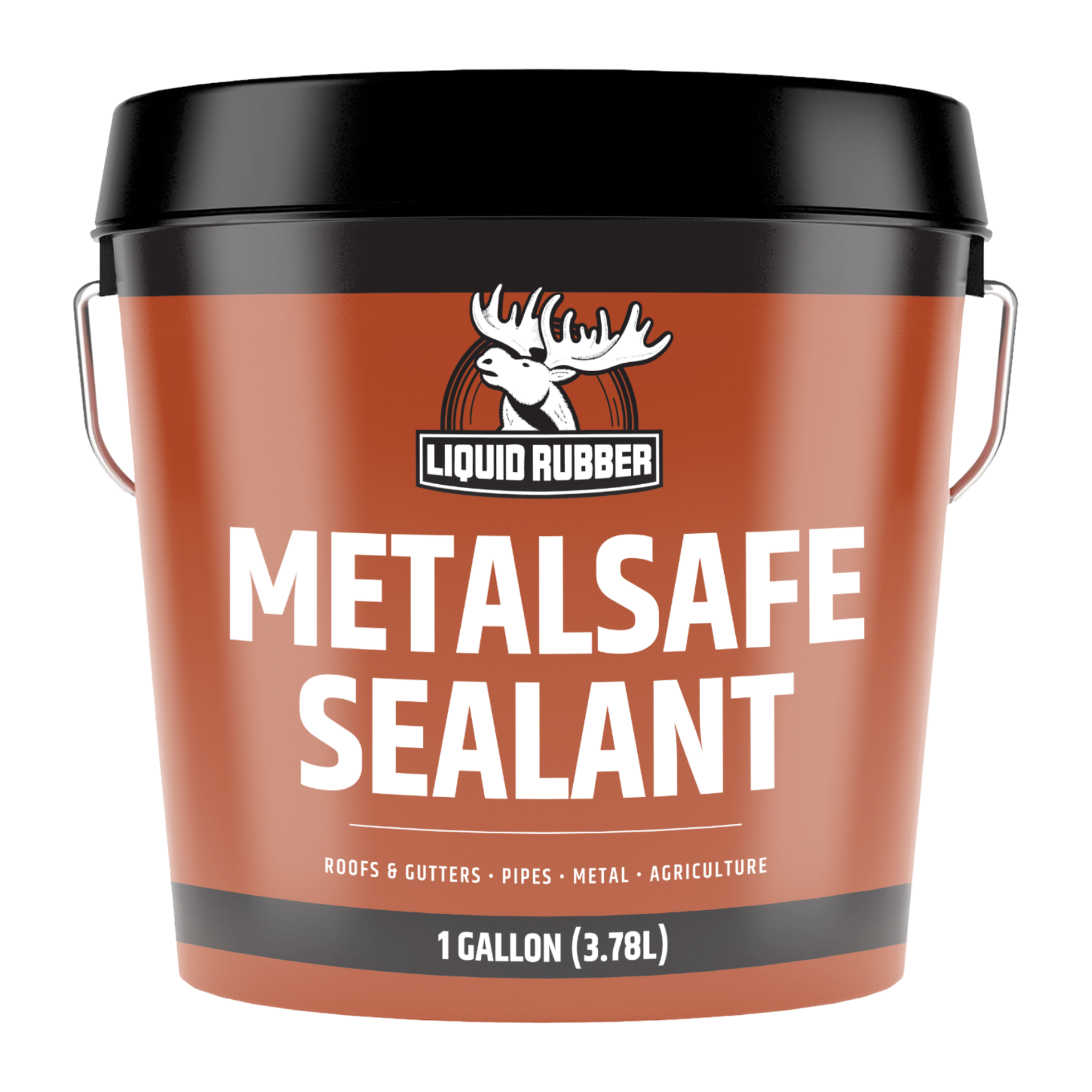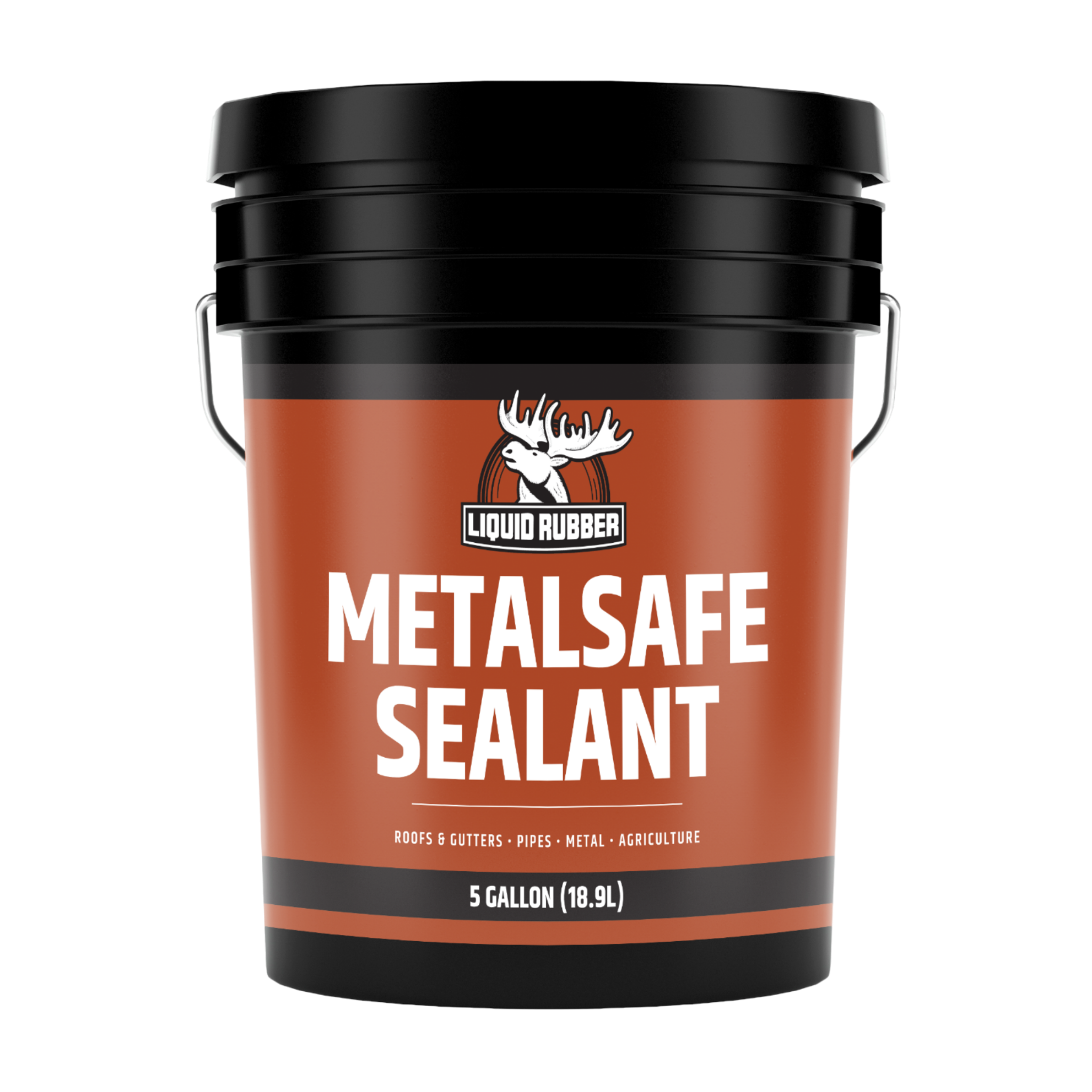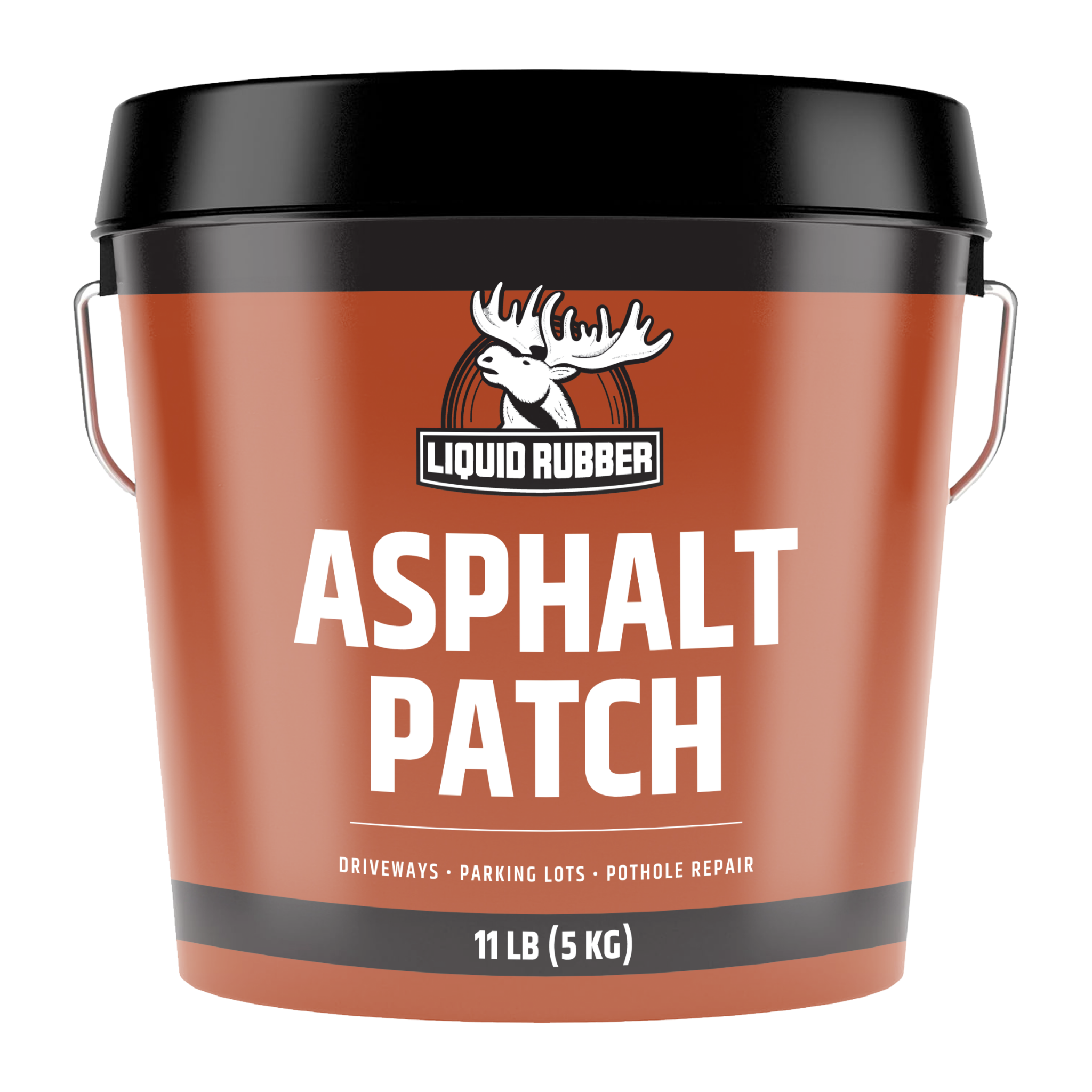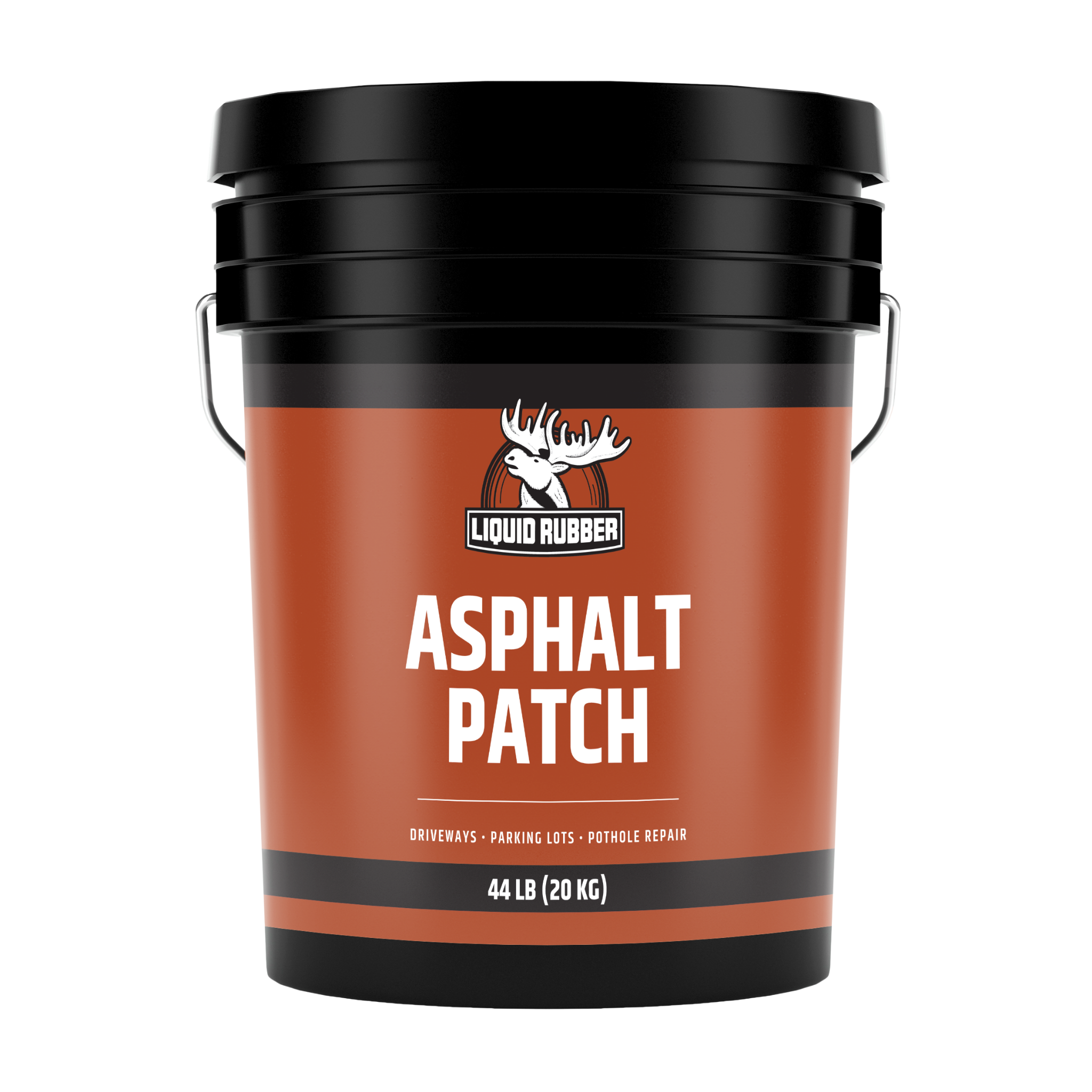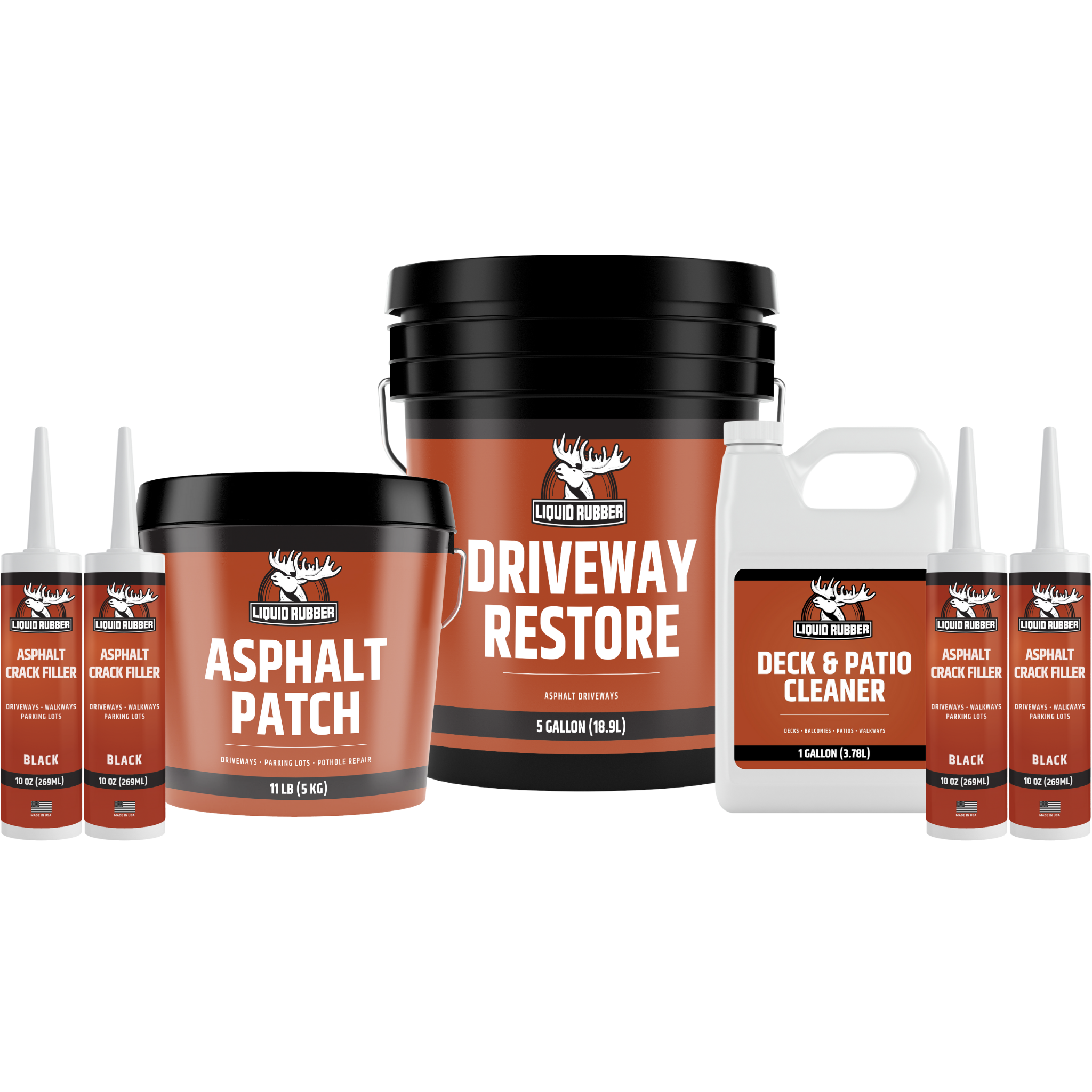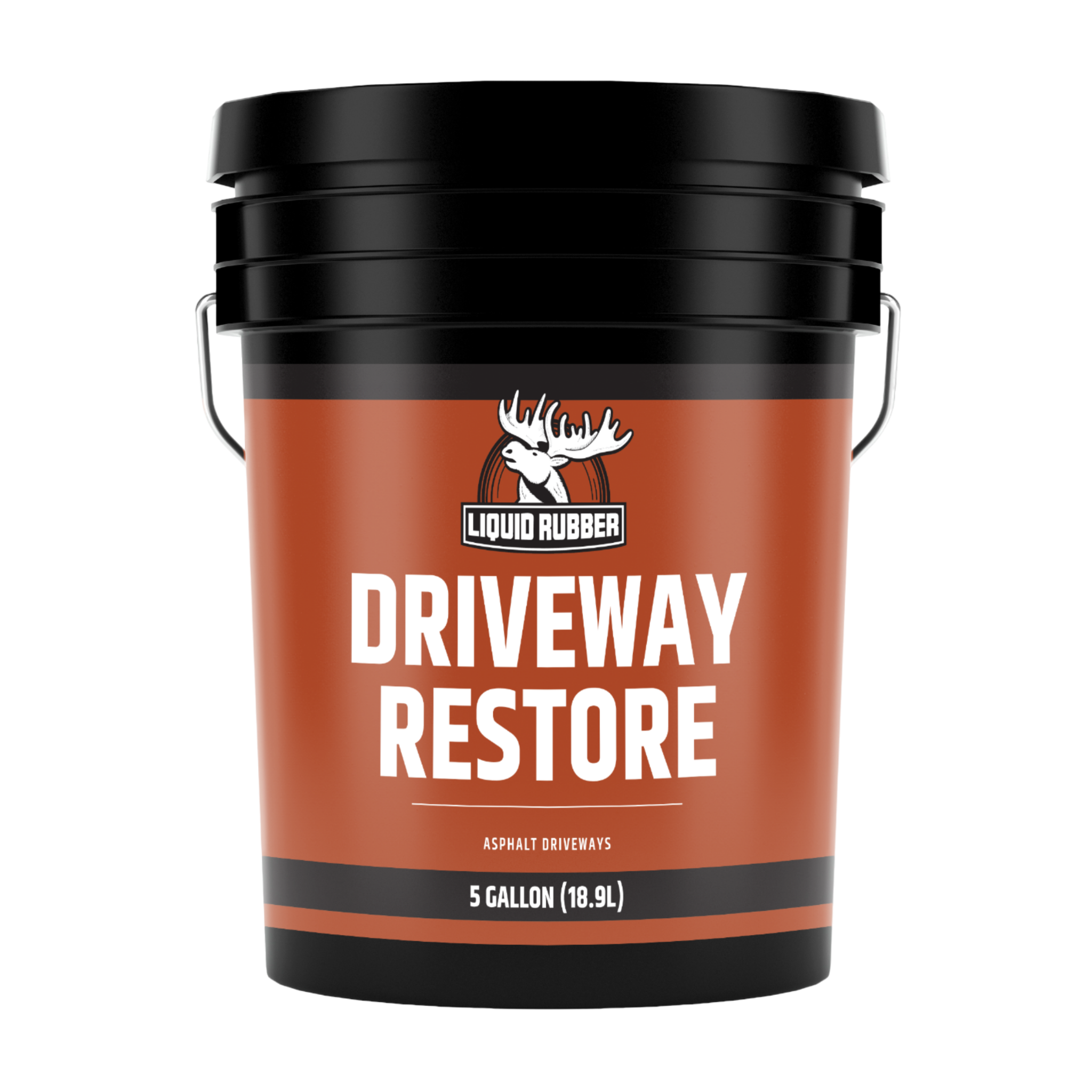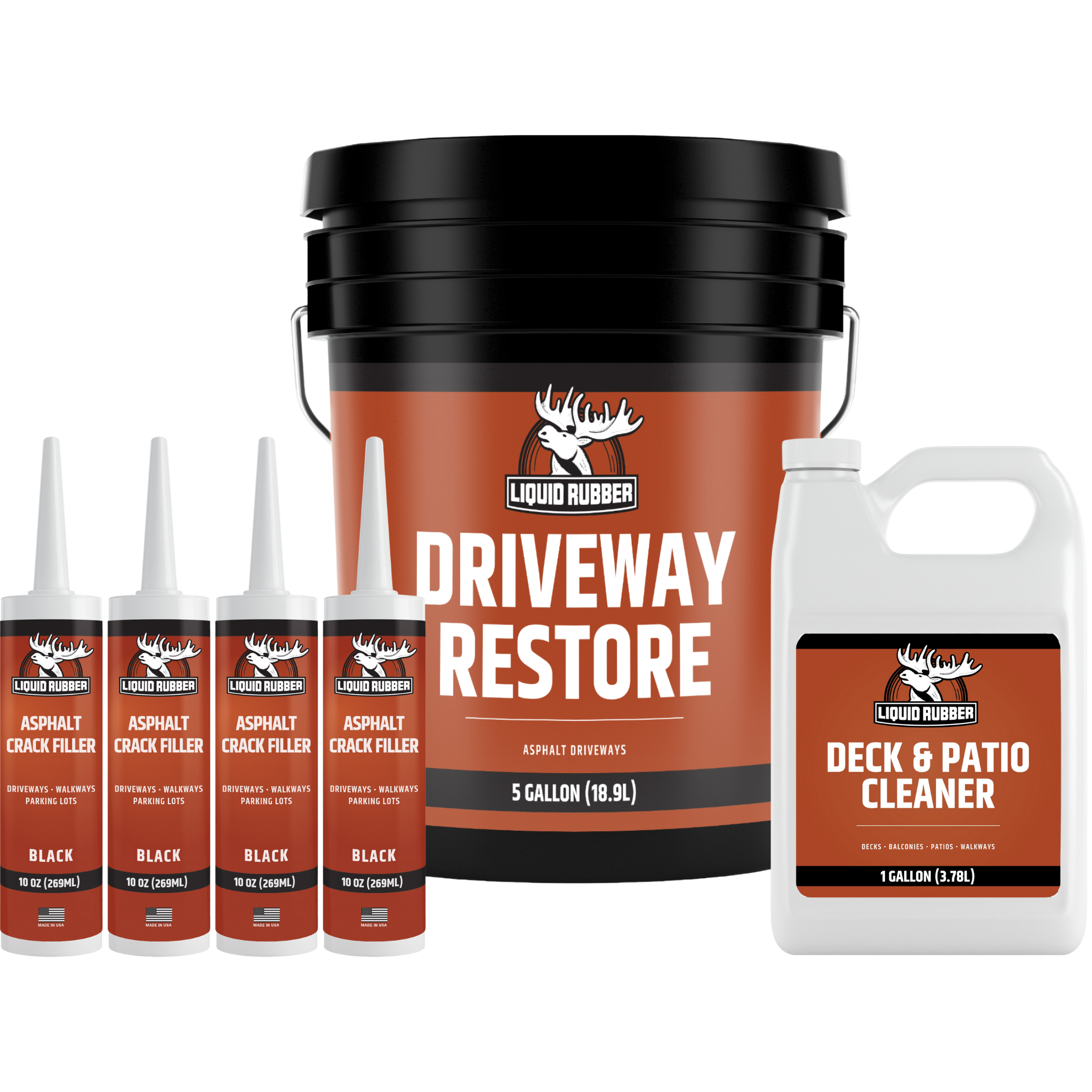Current Price:
$14.95
About Concrete Etch
Liquid Rubber Concrete Etch contains a granular base, that is mixed with warm water to create an etching solution suitable for removing Laitance and Efflorescence in preparation of concrete, stone, and masonry surfaces prior to coating. The life of any coating is dependent on adhesion to a clean, sound surface. Etching the surface removes contaminants and minutely roughens the surface, as well a neutralizing the PH of the concrete and masonry, to ensure strong adhesion and a long-lasting coating.

Real homeowners using Concrete Etch


Easy to use
"Received a quick response from Support and they answered all questions I had."

Frank HelmickConcrete Etch
How to Use Concrete Etch
Essential Resources for Your Project
-
 Application Guide
Decks & Balconies
Detailed steps to complete your project.
Application Guide
Decks & Balconies
Detailed steps to complete your project. -
 Application Guide
Ponds
Detailed steps to complete your project.
Application Guide
Ponds
Detailed steps to complete your project. -
 Application Guideline
Interior Basement
Detailed steps to complete your project.
Application Guideline
Interior Basement
Detailed steps to complete your project. -
 Application Guide
Planter Box
Detailed steps to complete your project.
Application Guide
Planter Box
Detailed steps to complete your project. -
 Safety Data Sheet
Concrete Etch
Stay informed and safe throughout your project.
Safety Data Sheet
Concrete Etch
Stay informed and safe throughout your project. -
 Technical Data Sheet
Concrete Etch
Get the technical details you need.
Technical Data Sheet
Concrete Etch
Get the technical details you need. -
 Coverage
Concrete Etch
Coverage
Concrete Etch
Concrete Etch Gallery
See how homeowners are using Concrete Etch

Questions About Concrete Etch
-
Is Concrete Etch Safe?
-
What surfaces require concrete etch?
-
How long does it take to get my order once I have placed it?
-
Can I get a First Purchase discount?
Need some help?
Our team of experts are standing by to help make sure your project is a success.
Why Liquid Rubber?
-
Free Shipping Over $49.95
-
Free Returns
Coverage Calculator
Show results in:
Product:
Size of Project:
Estimate the size of your project space in sq ft.
Type of Project:

